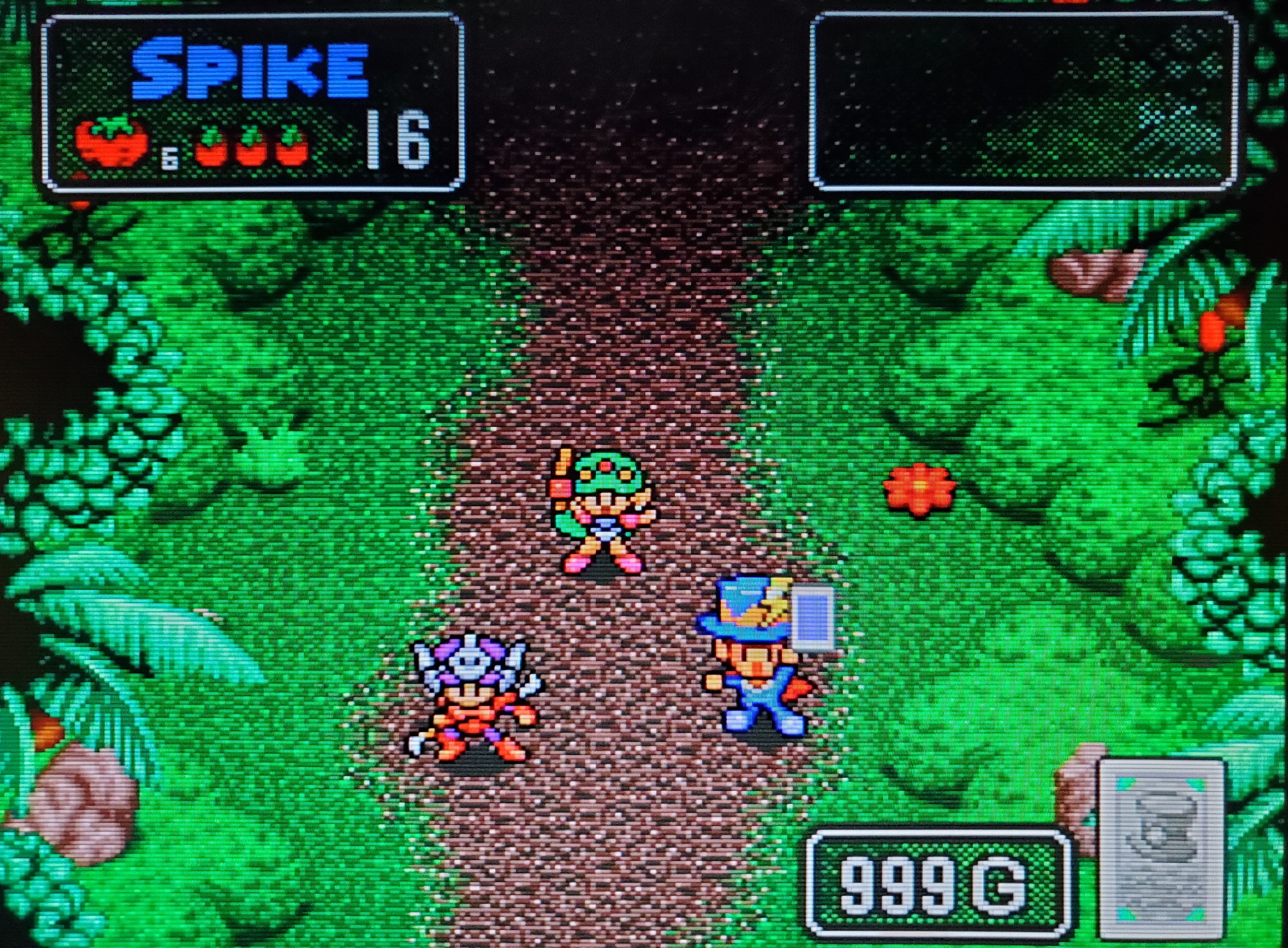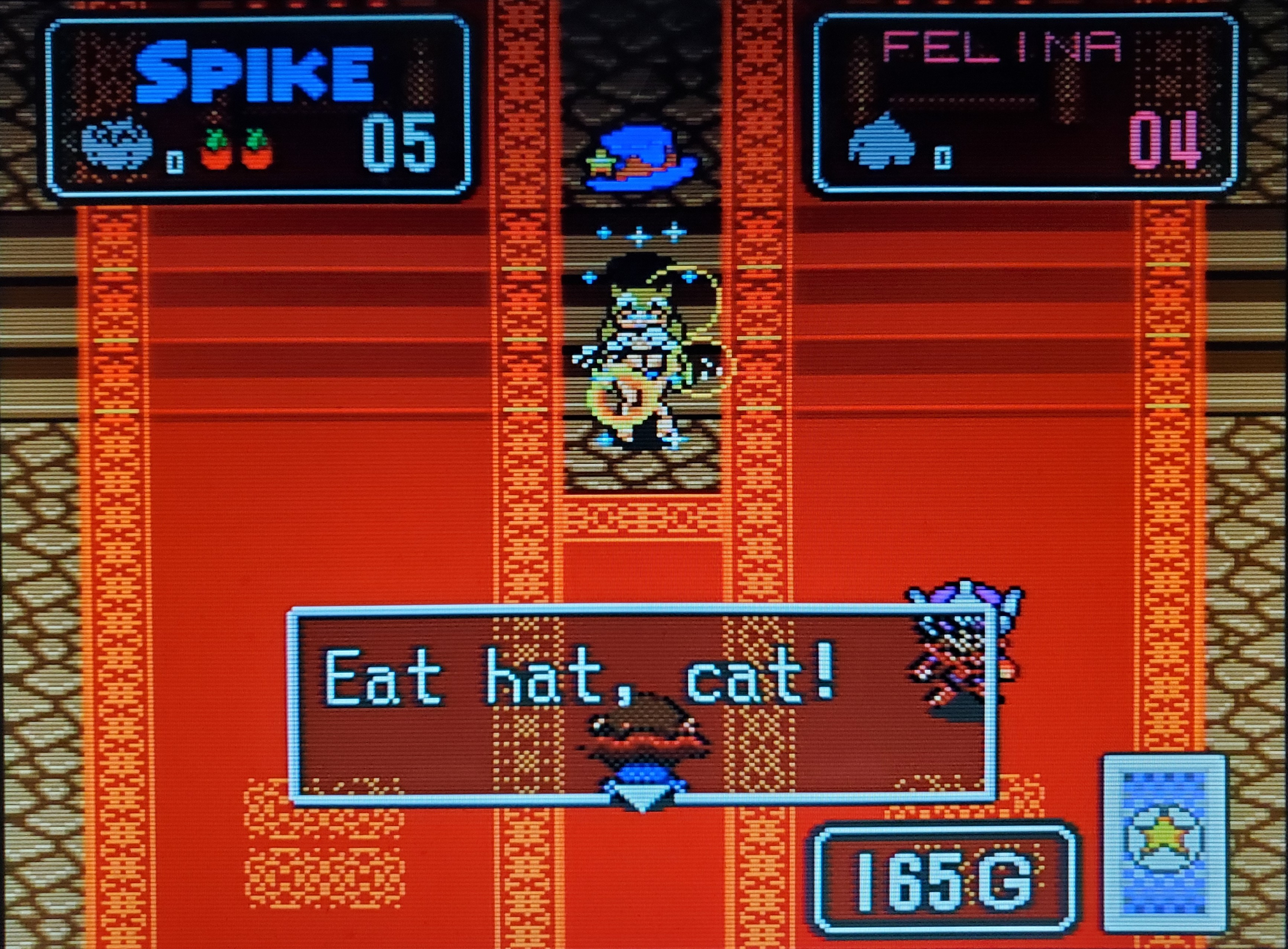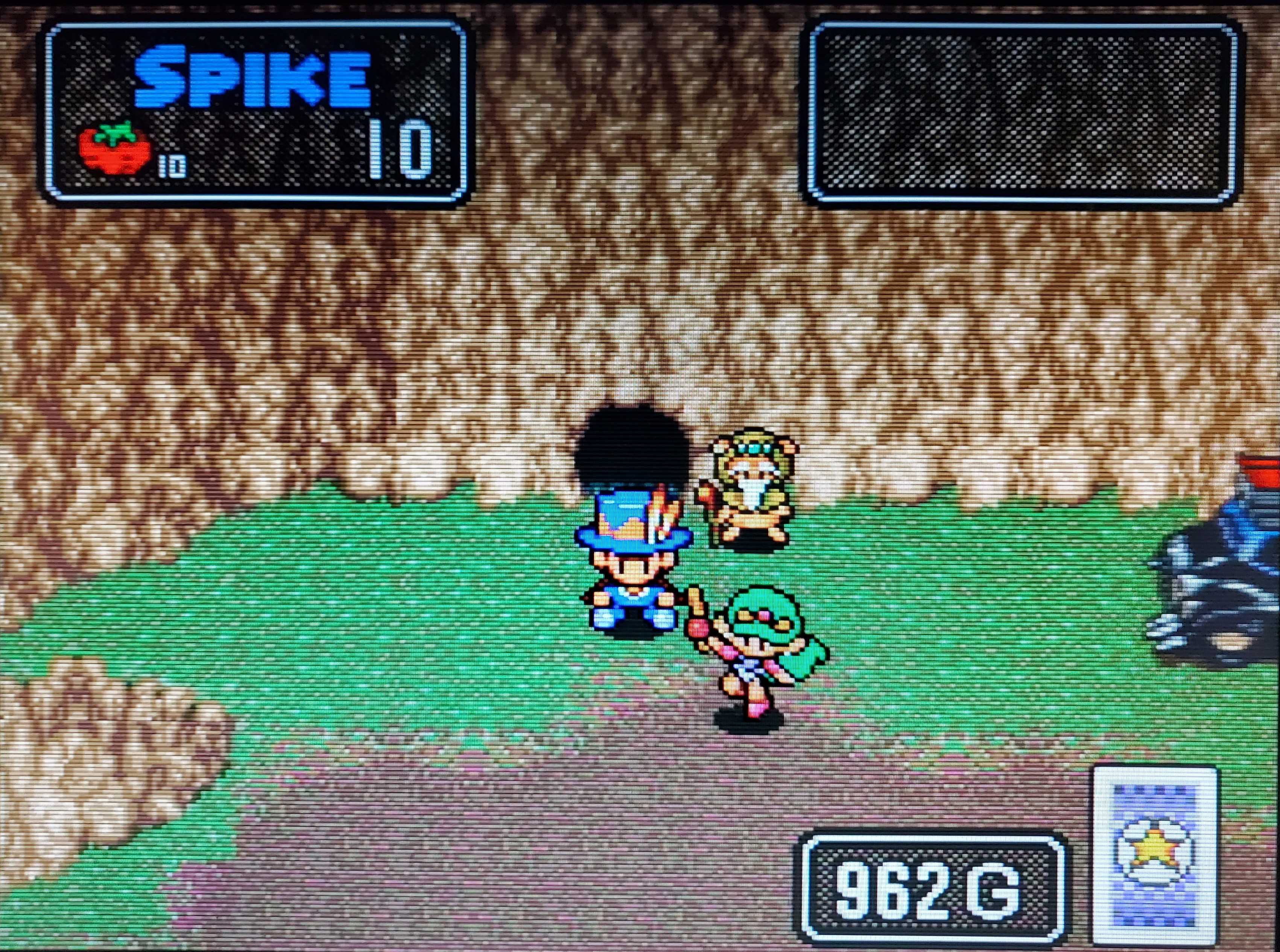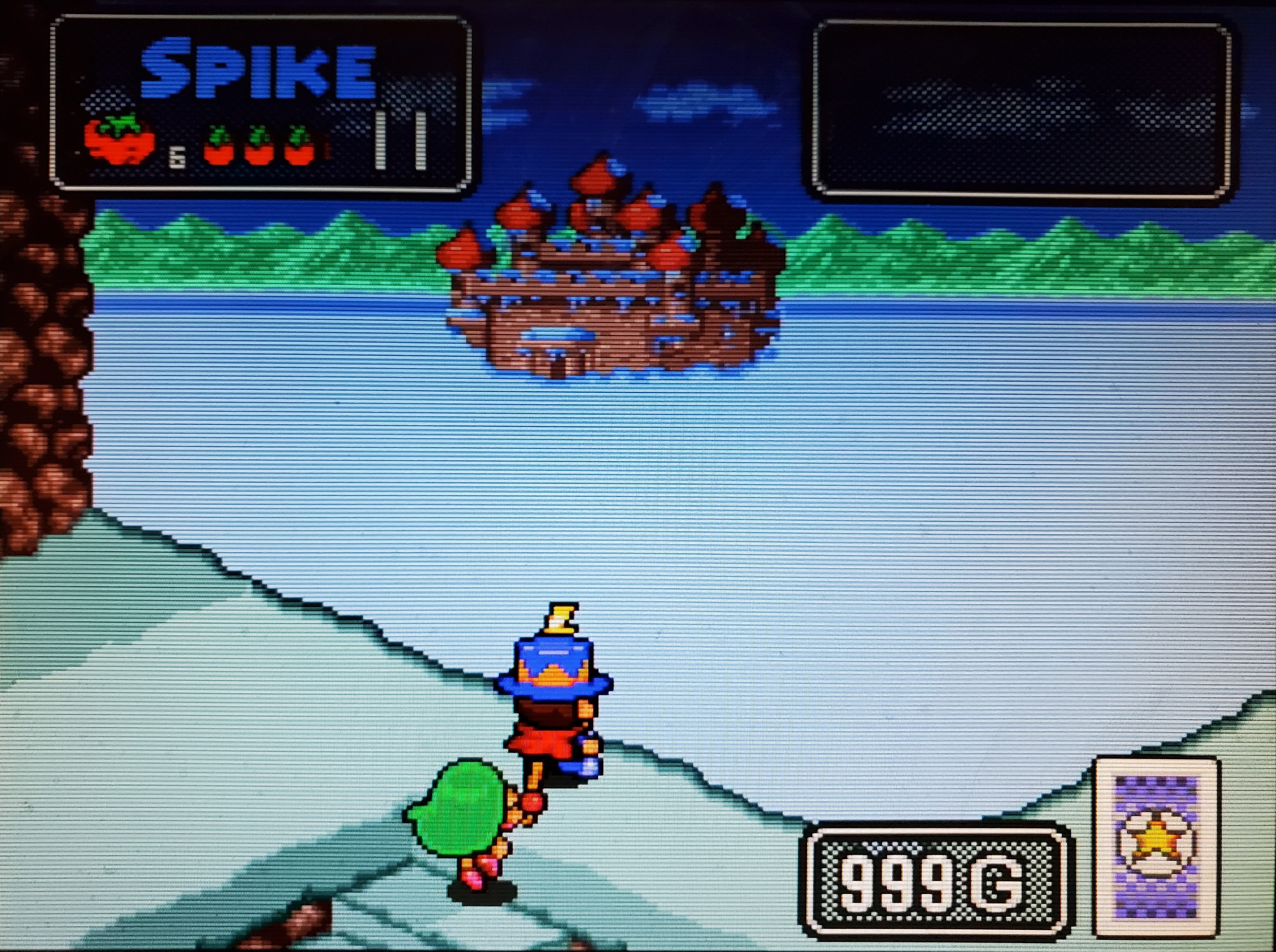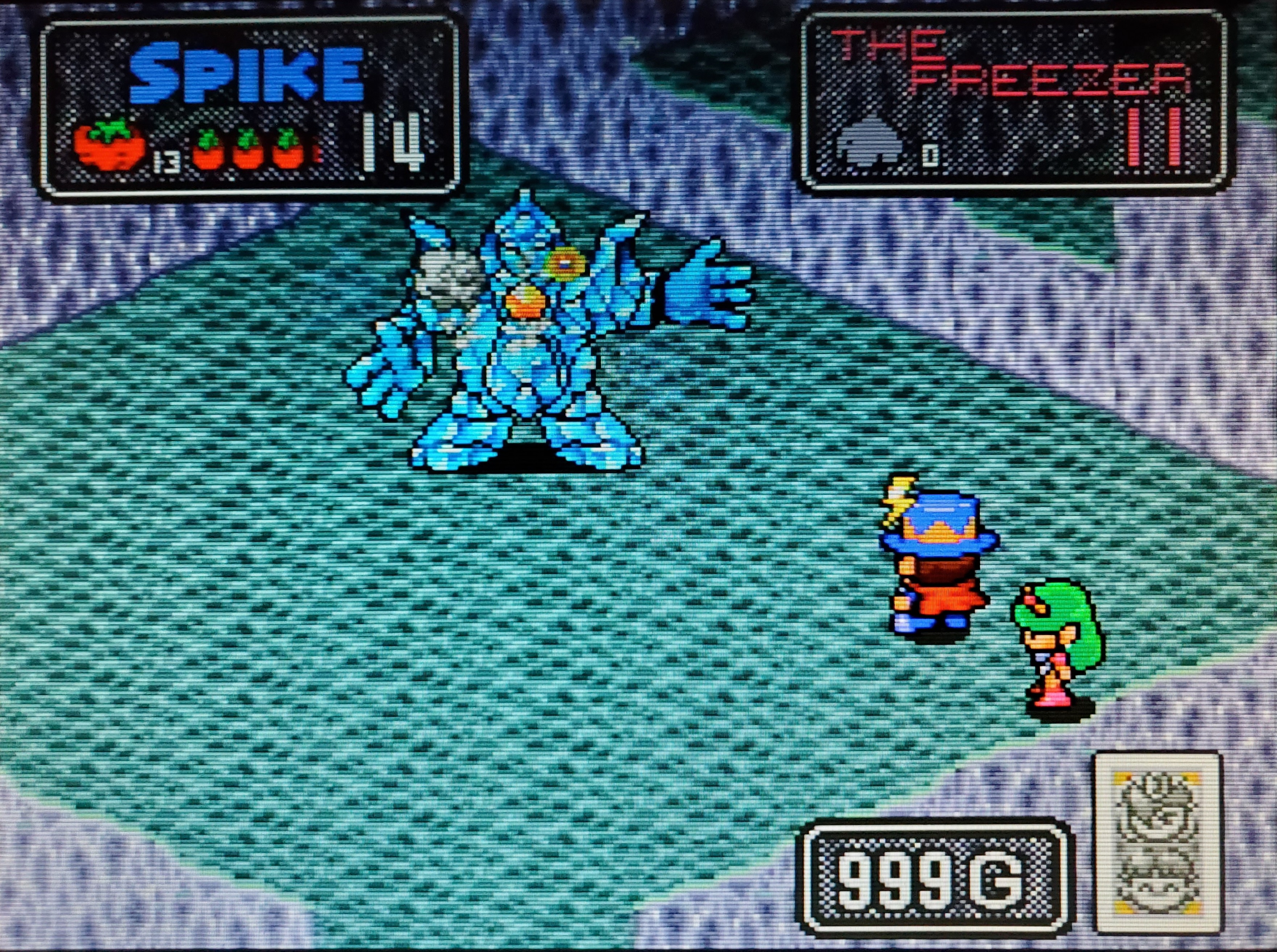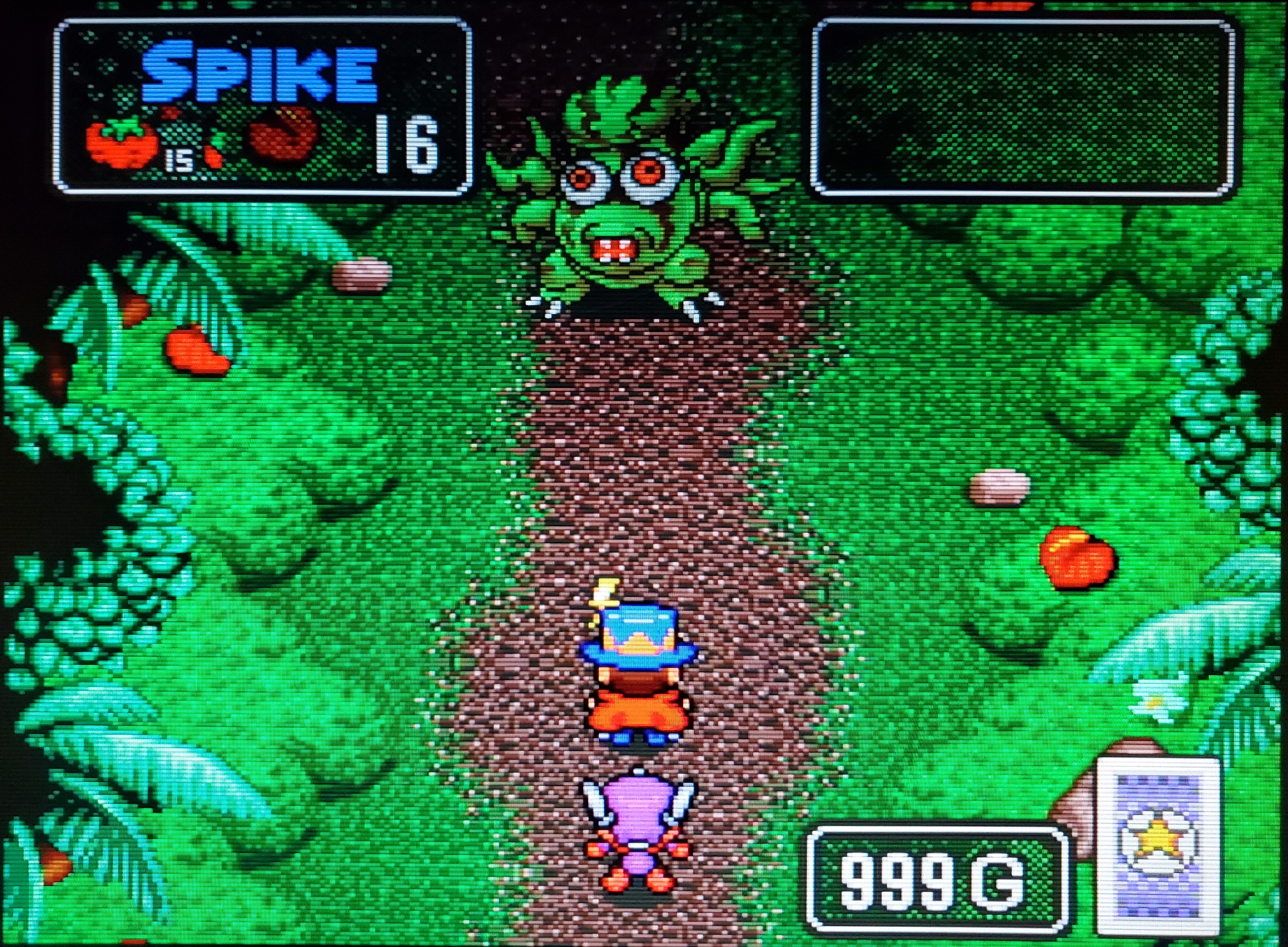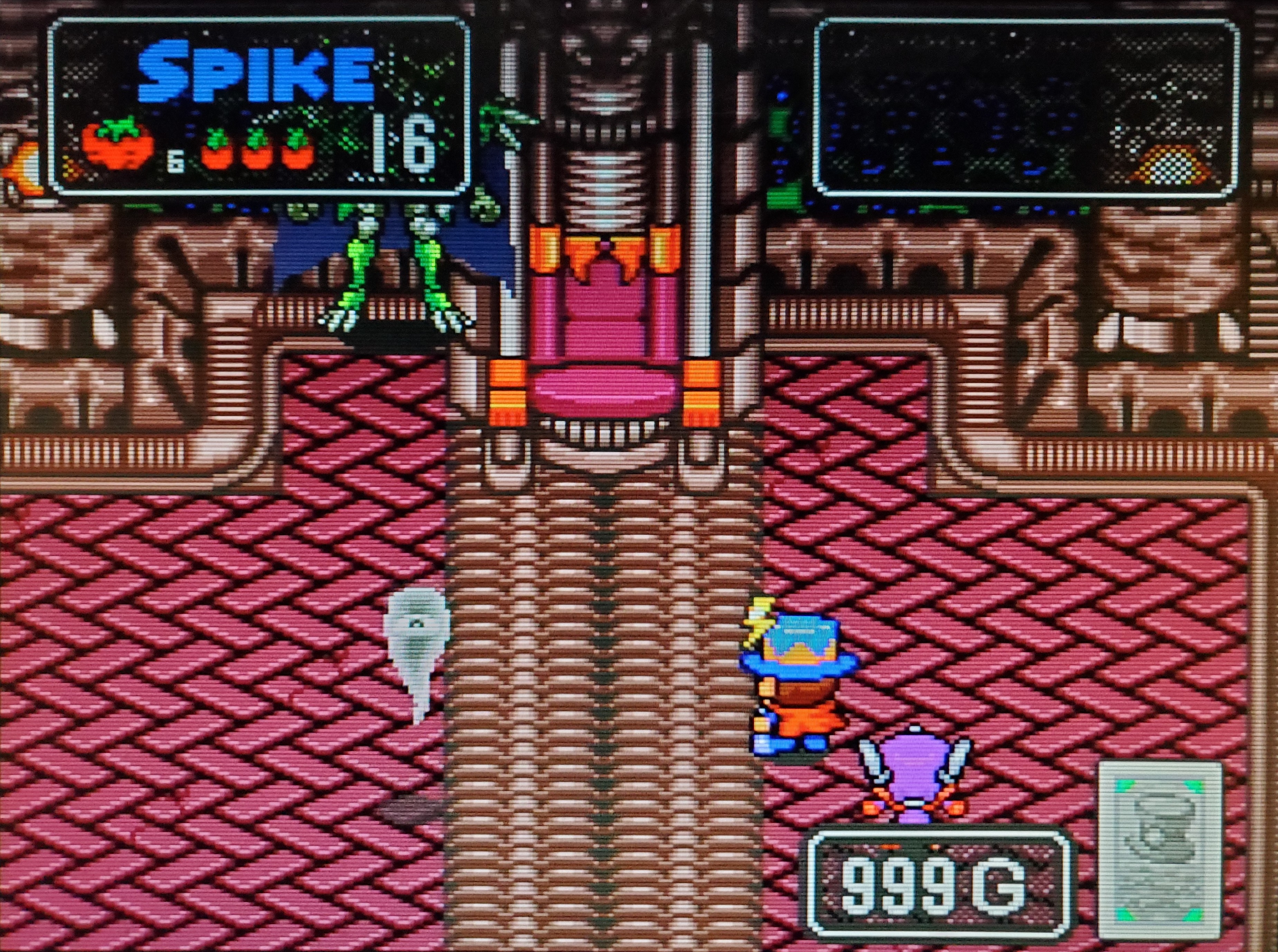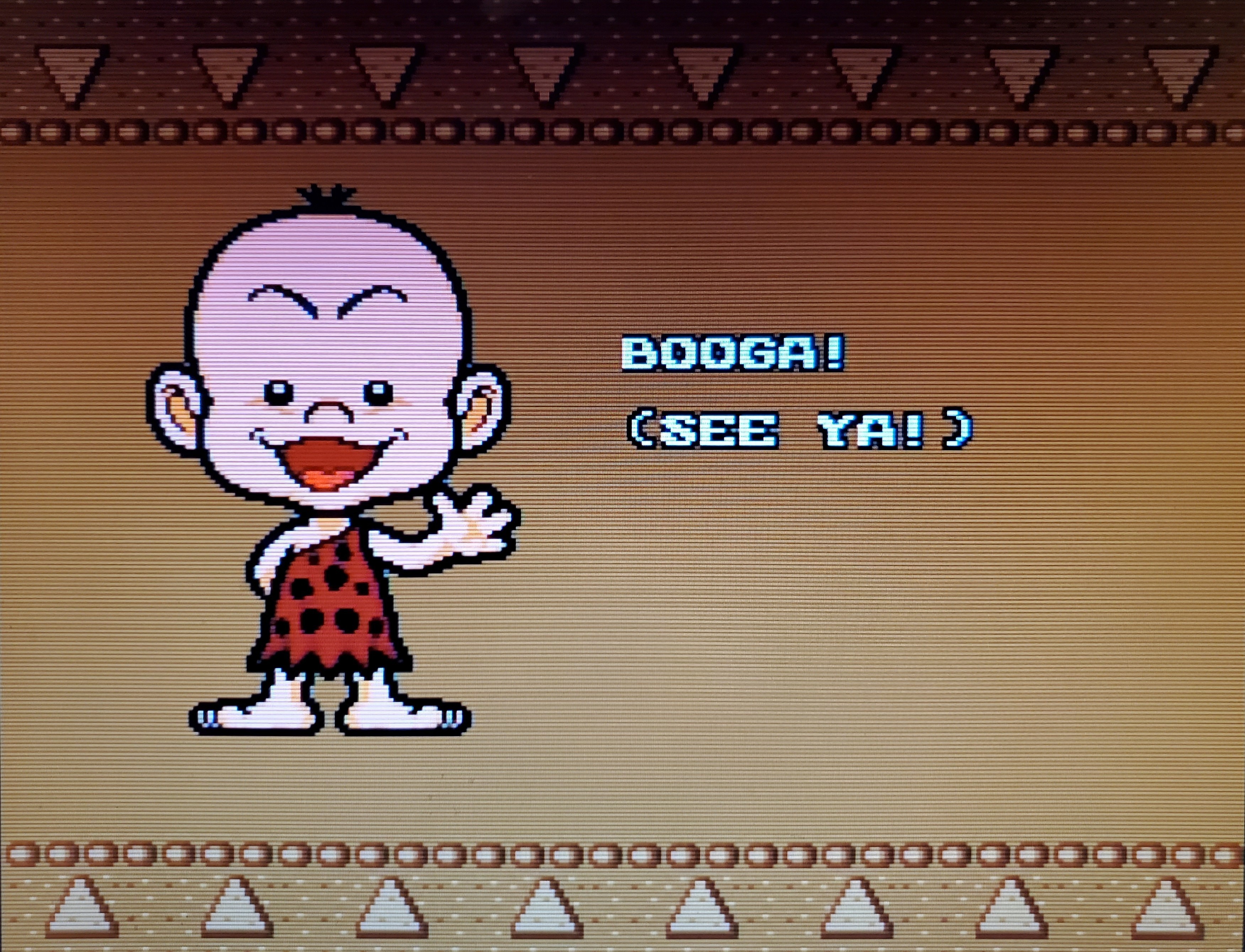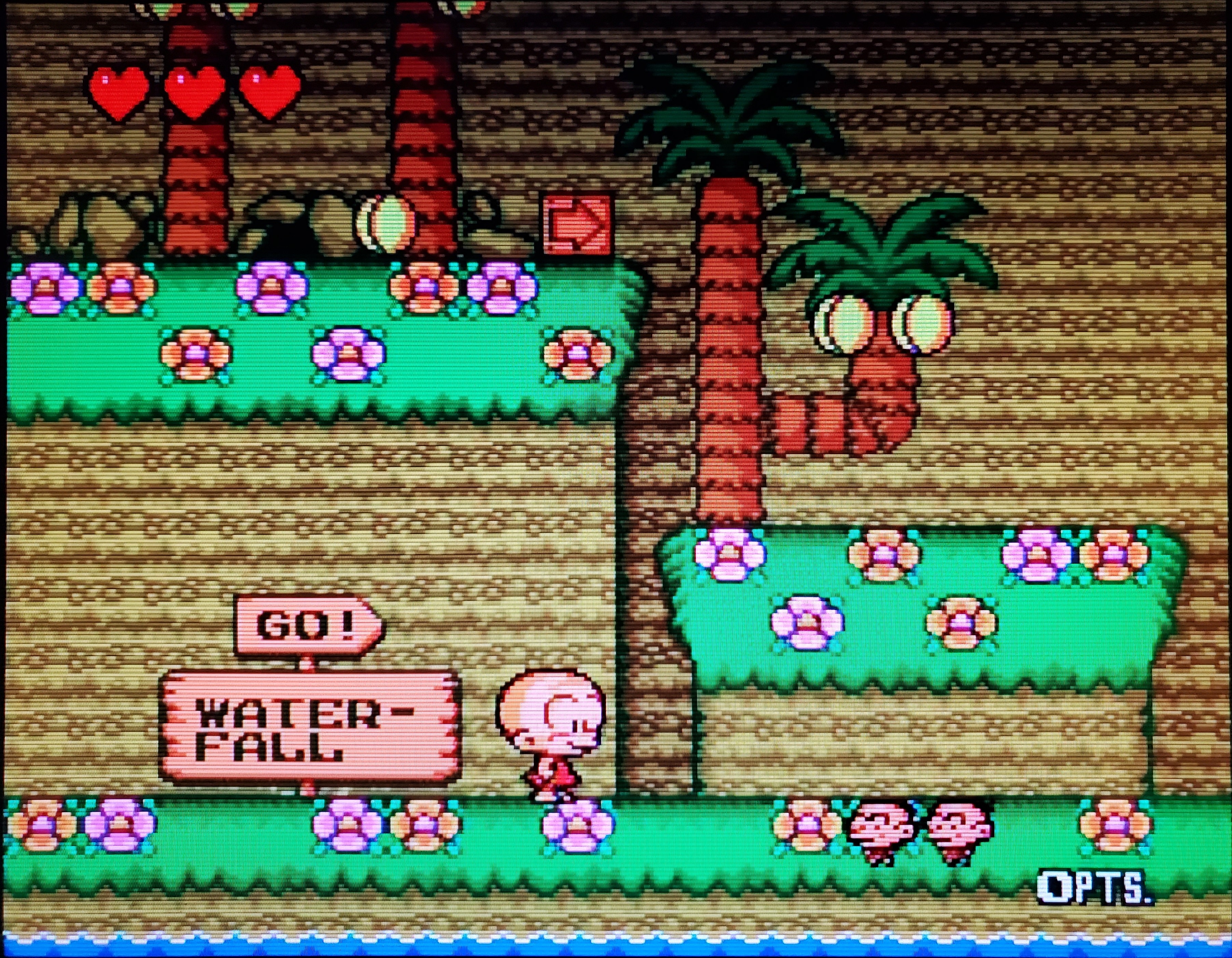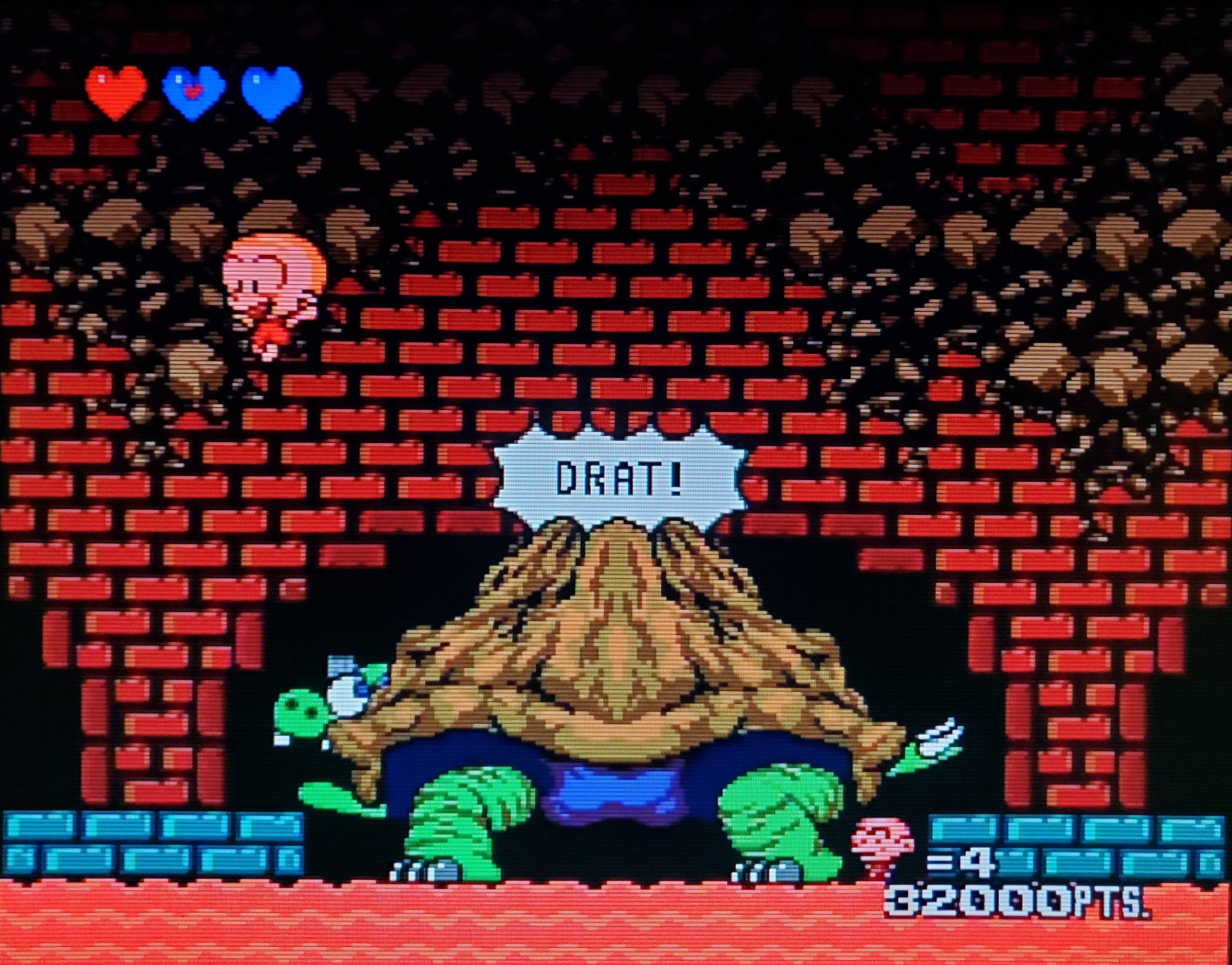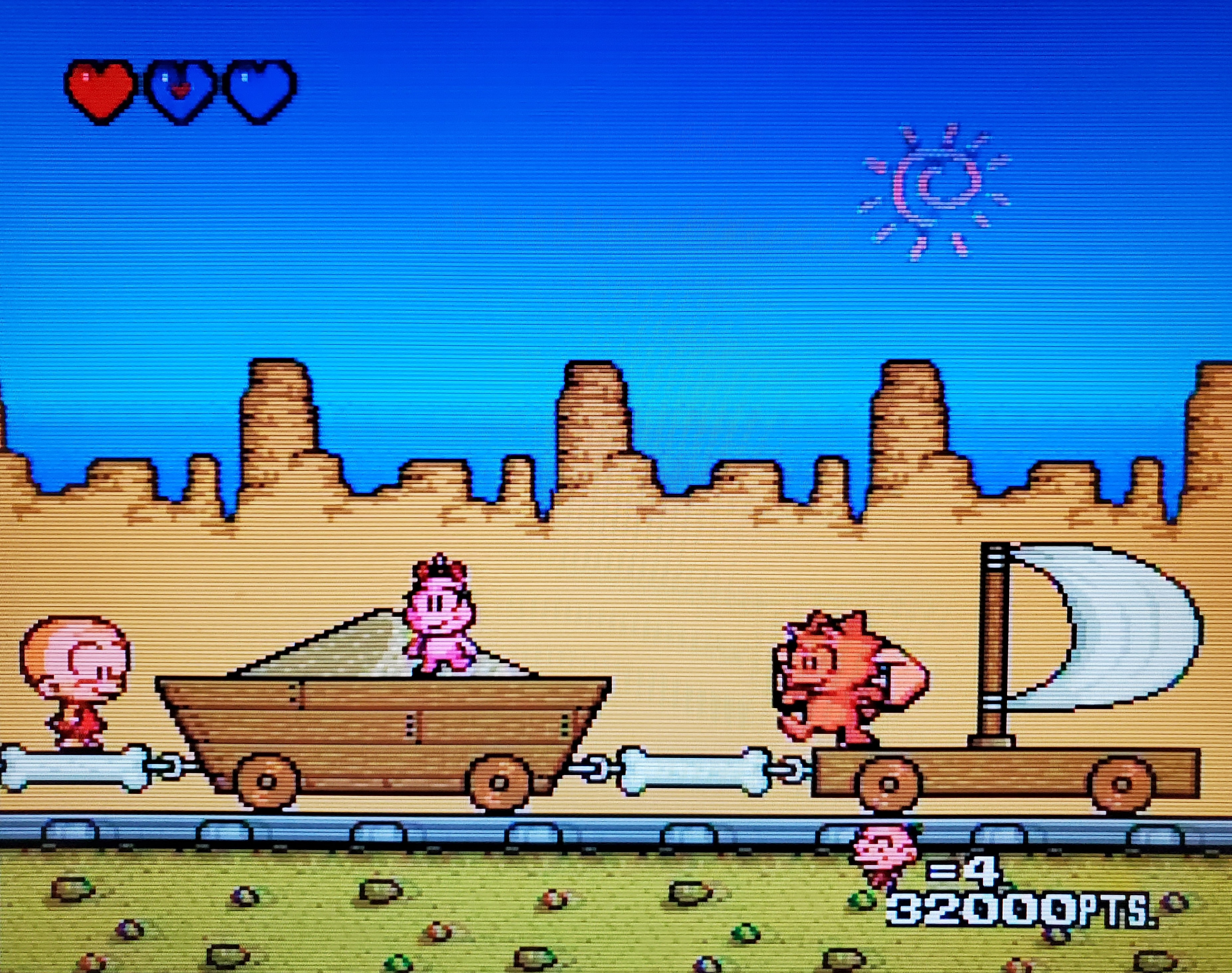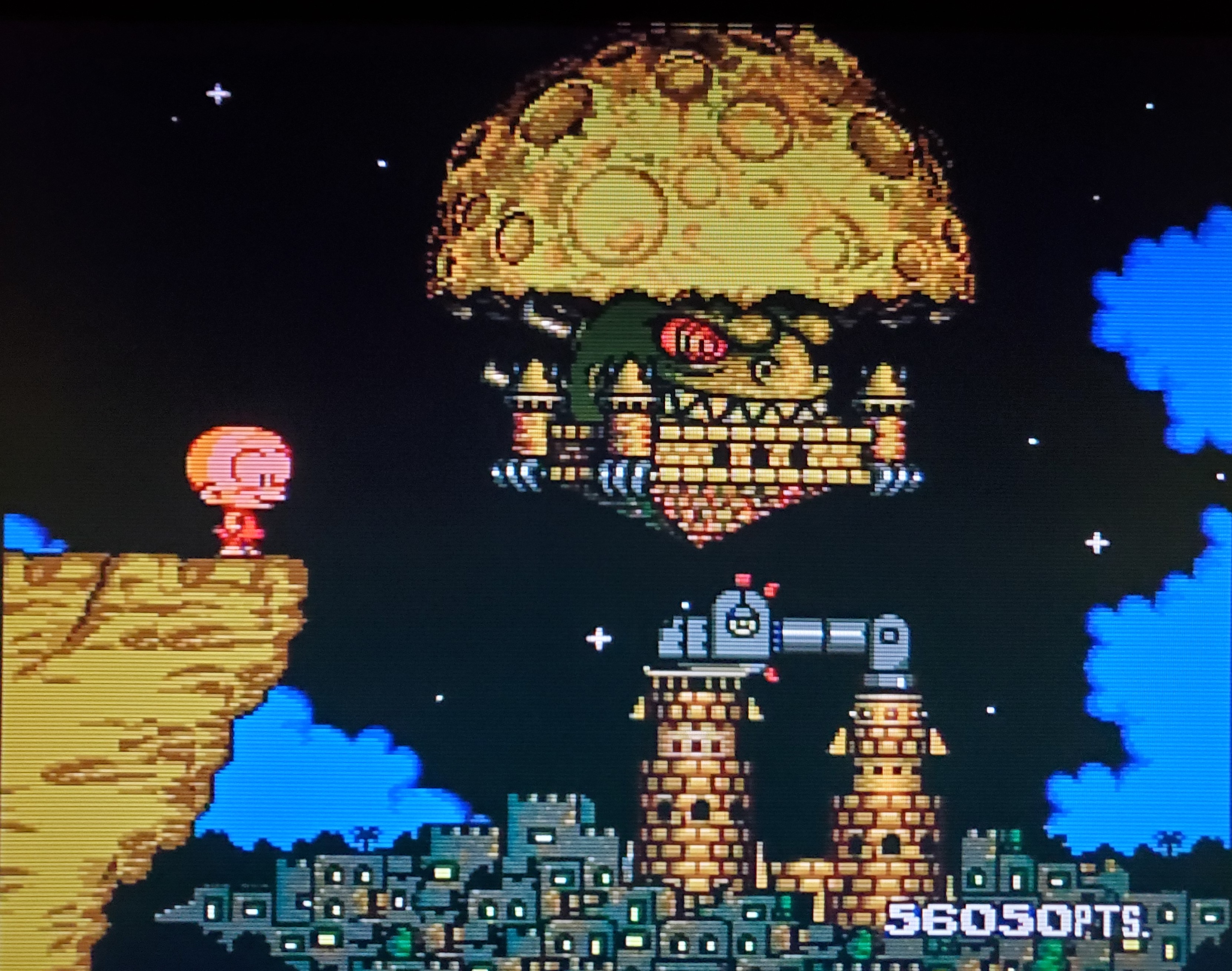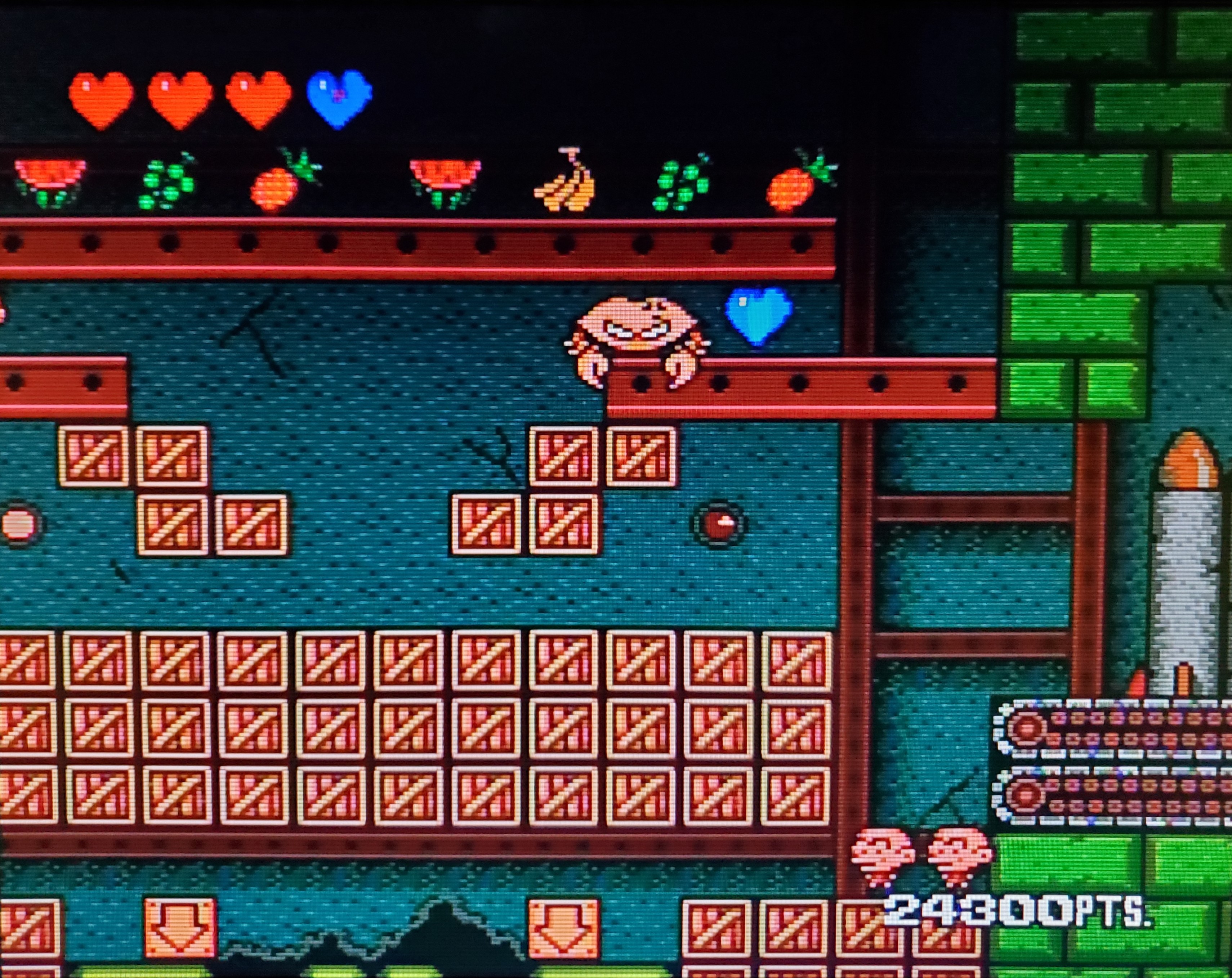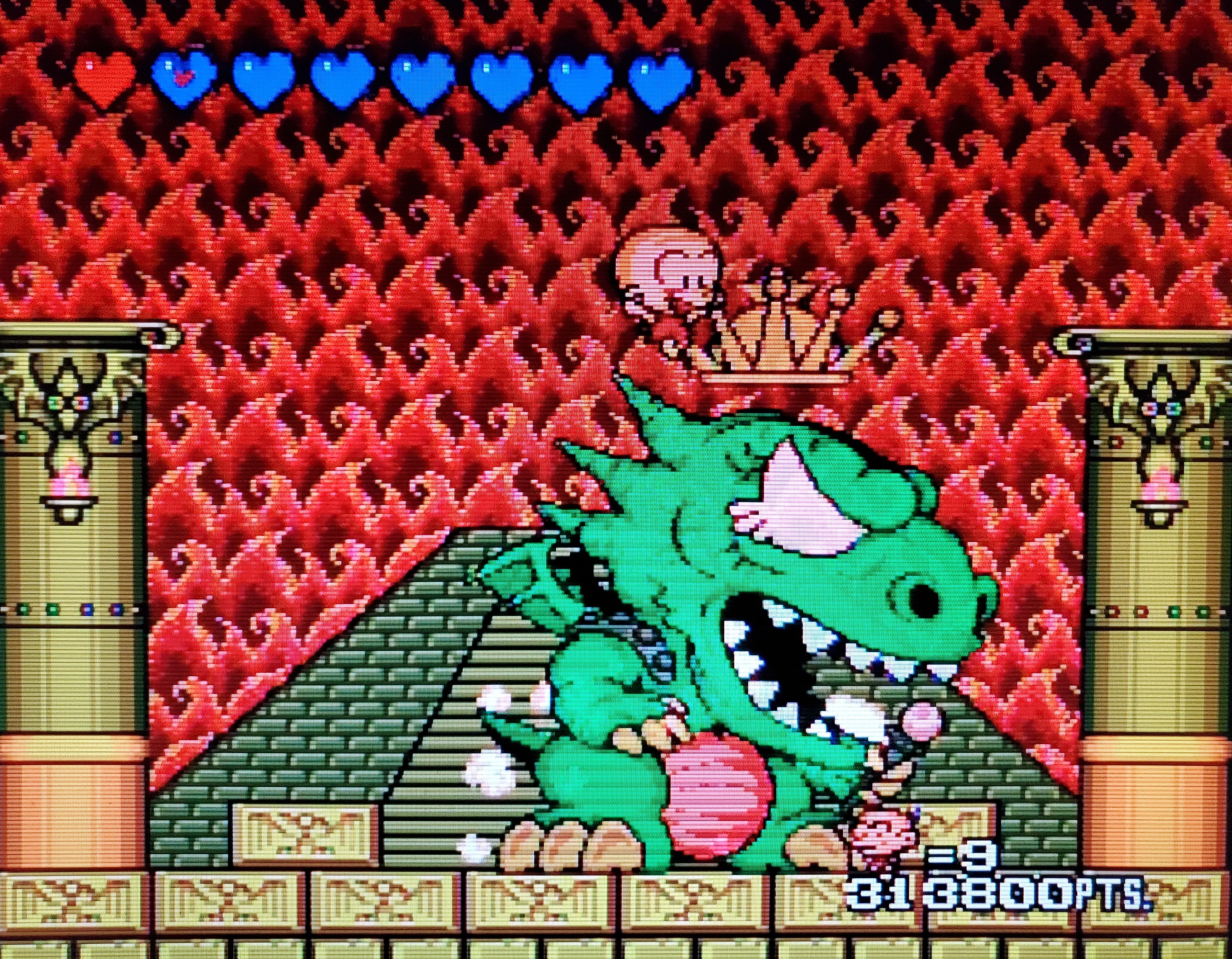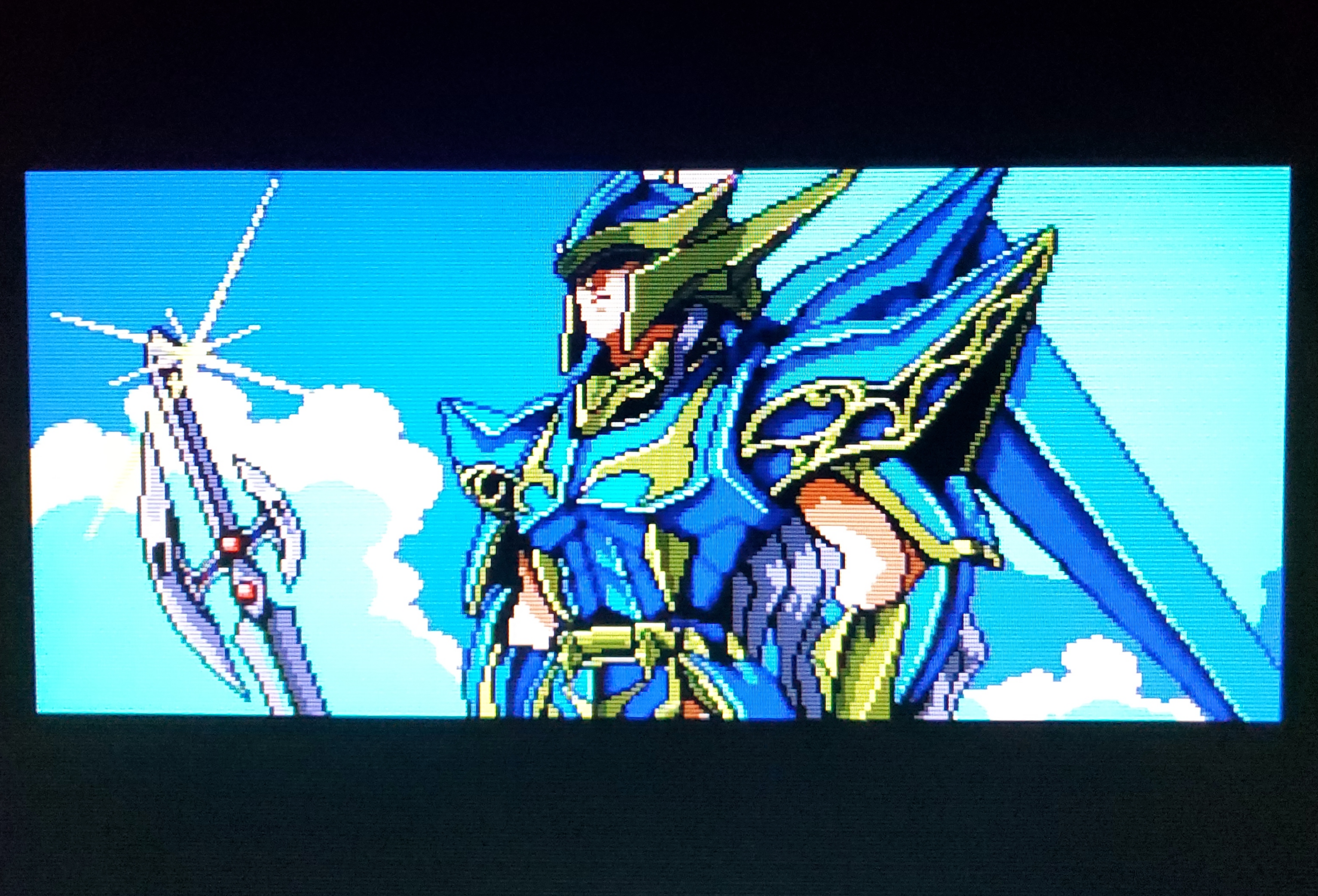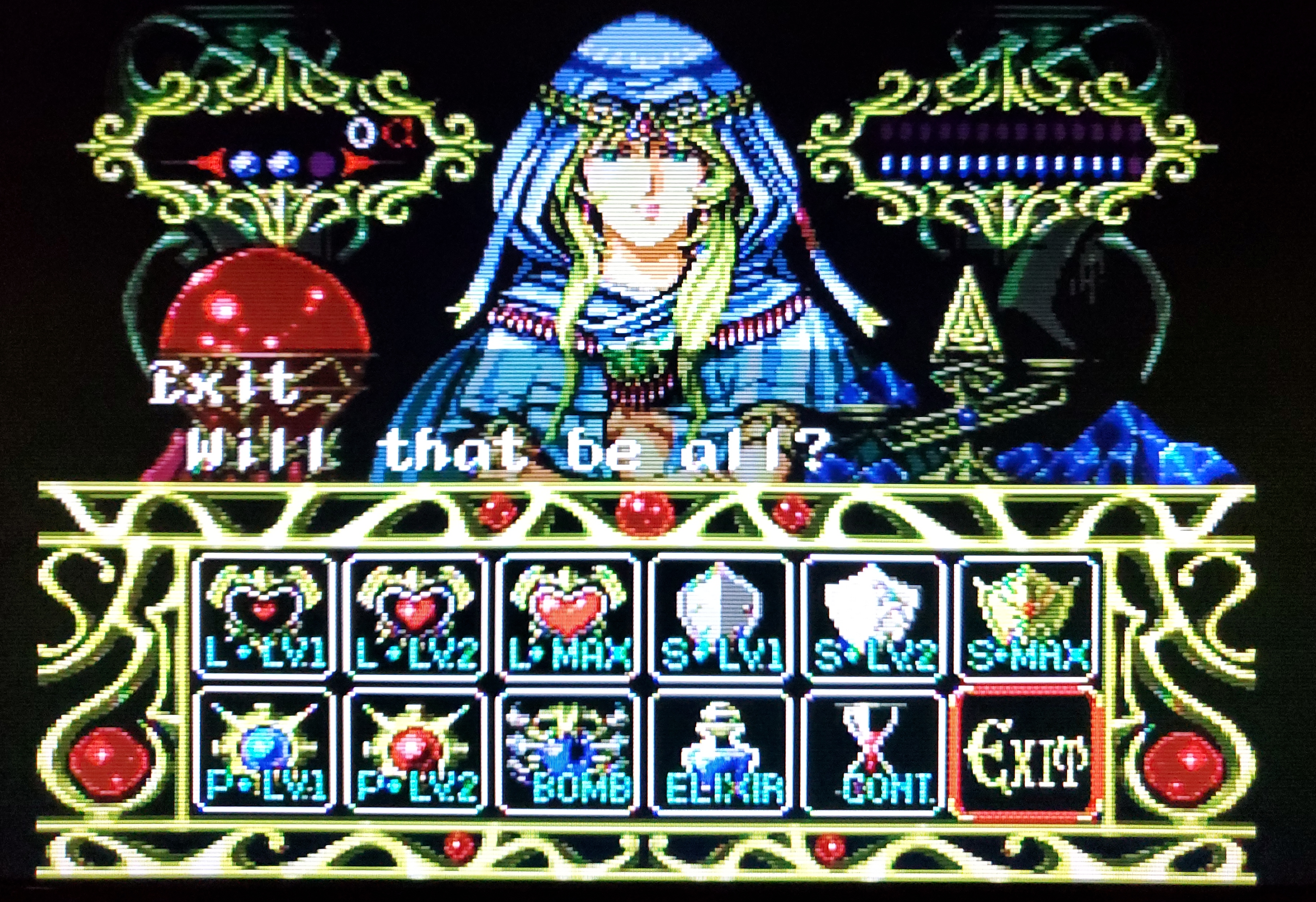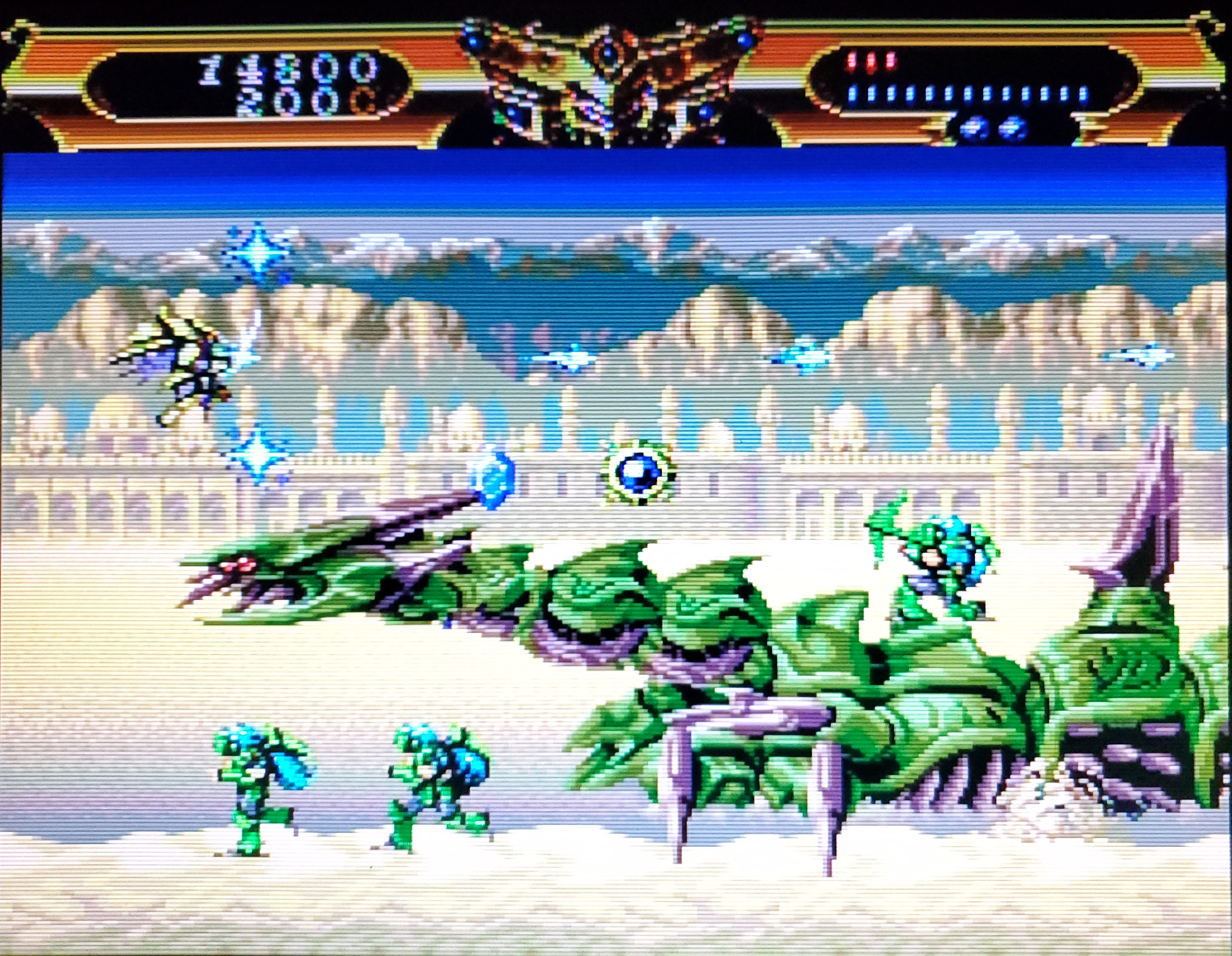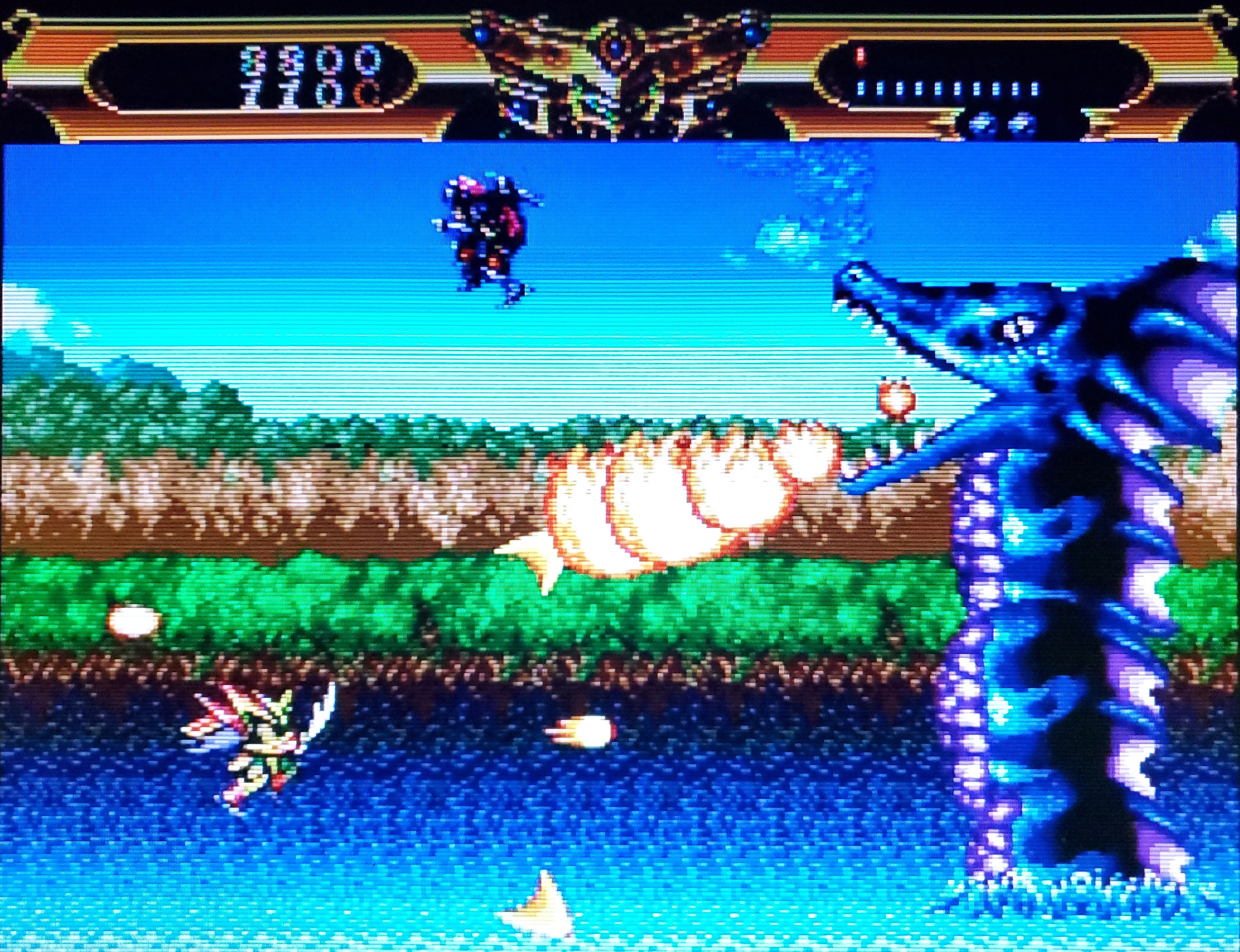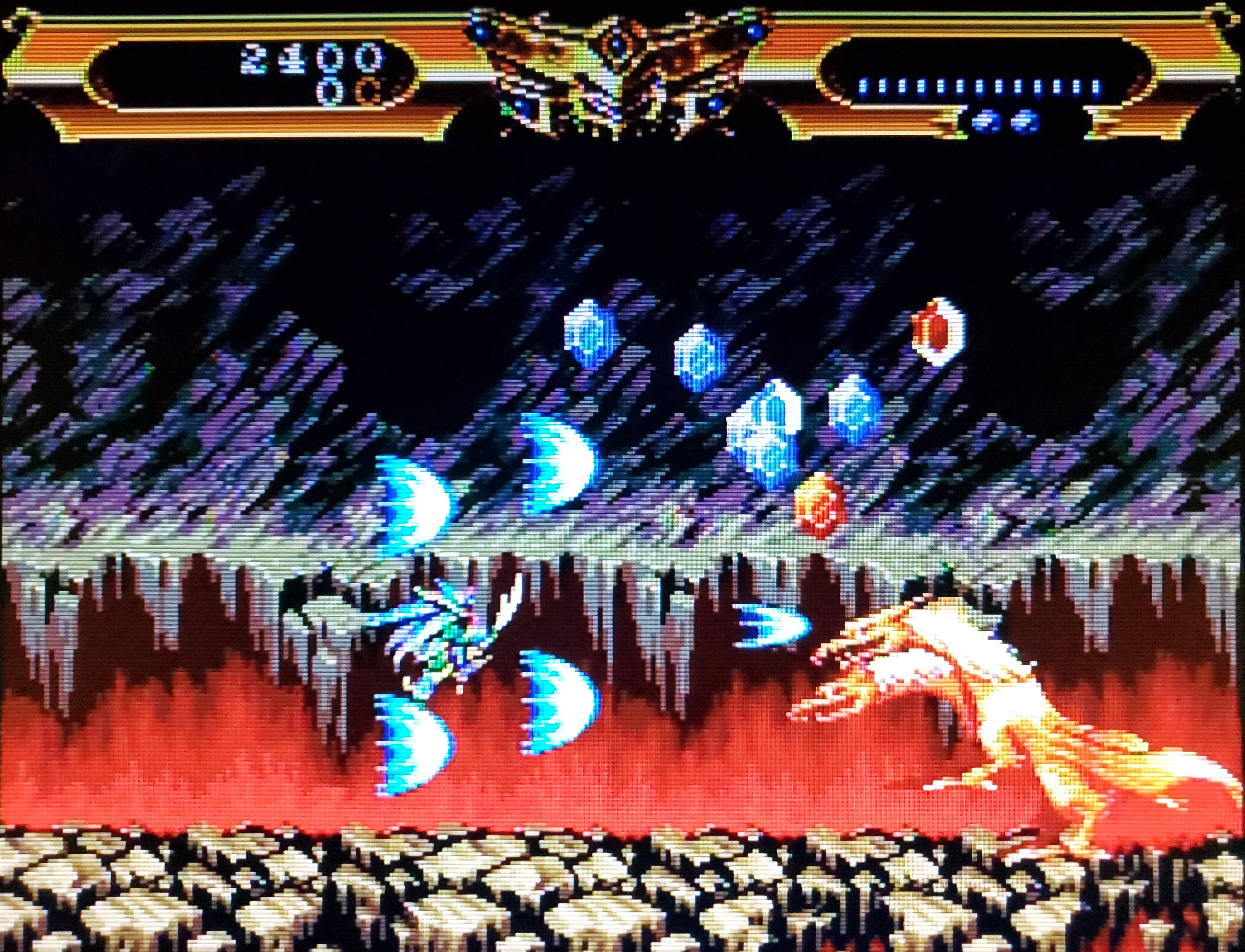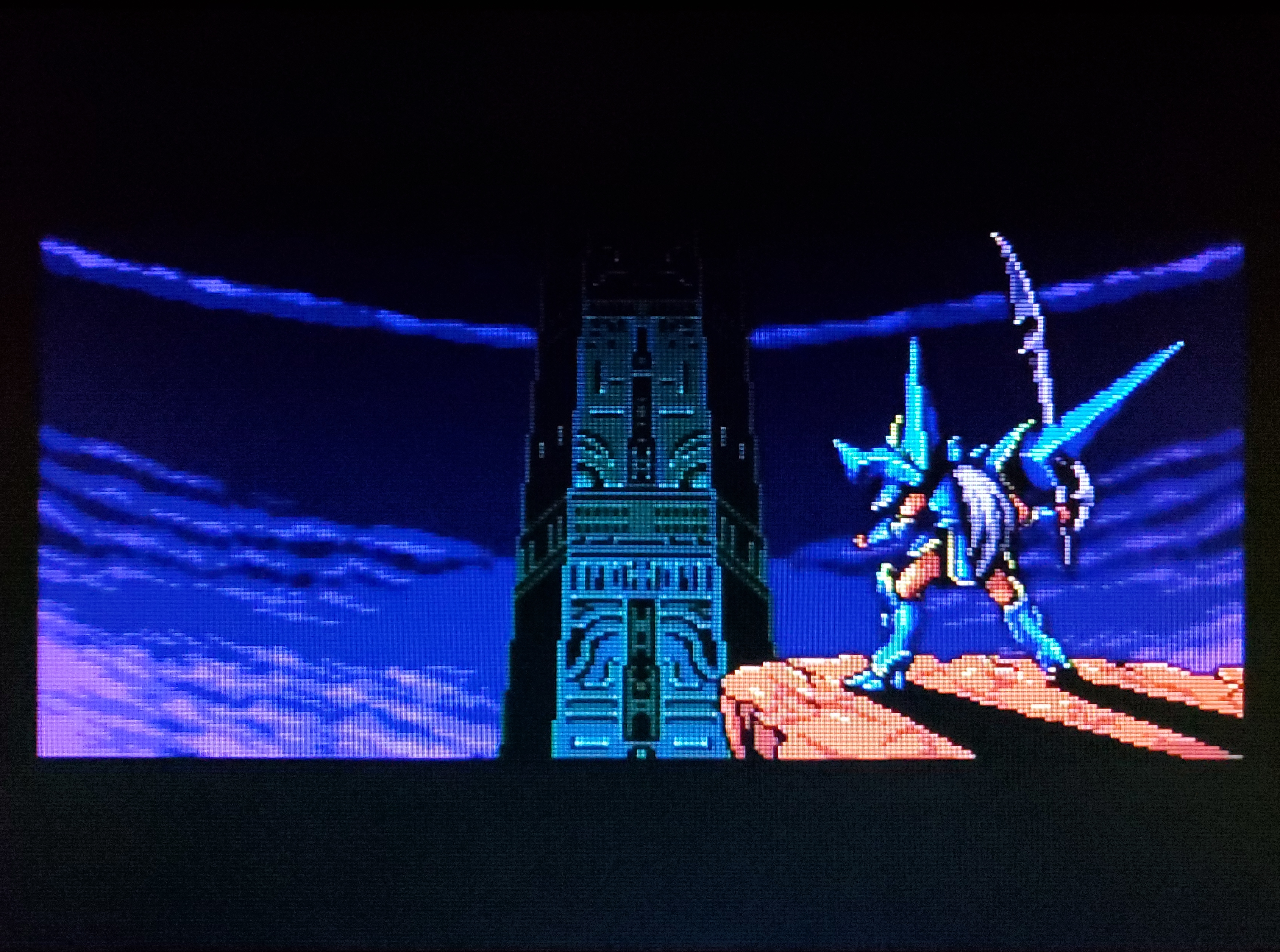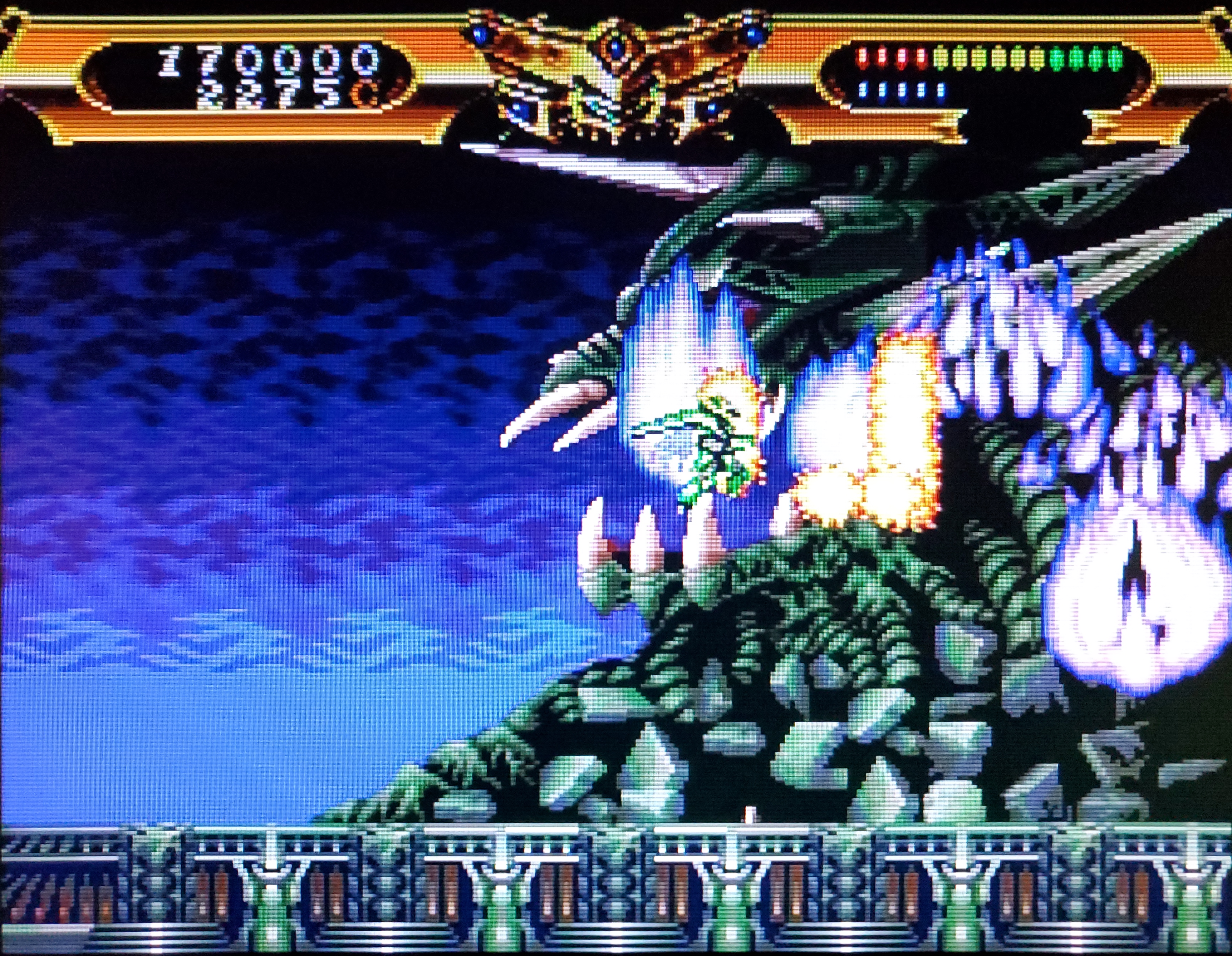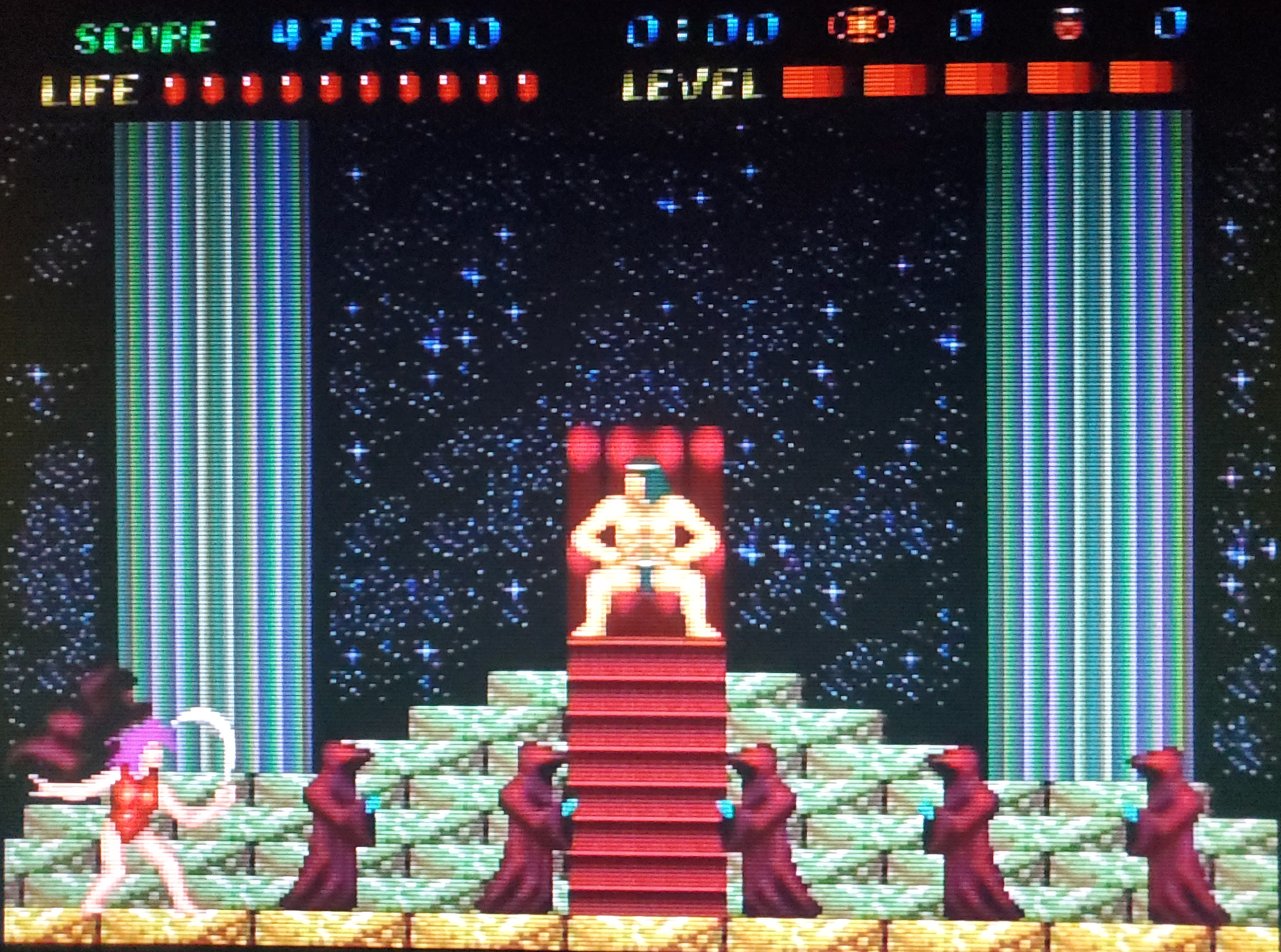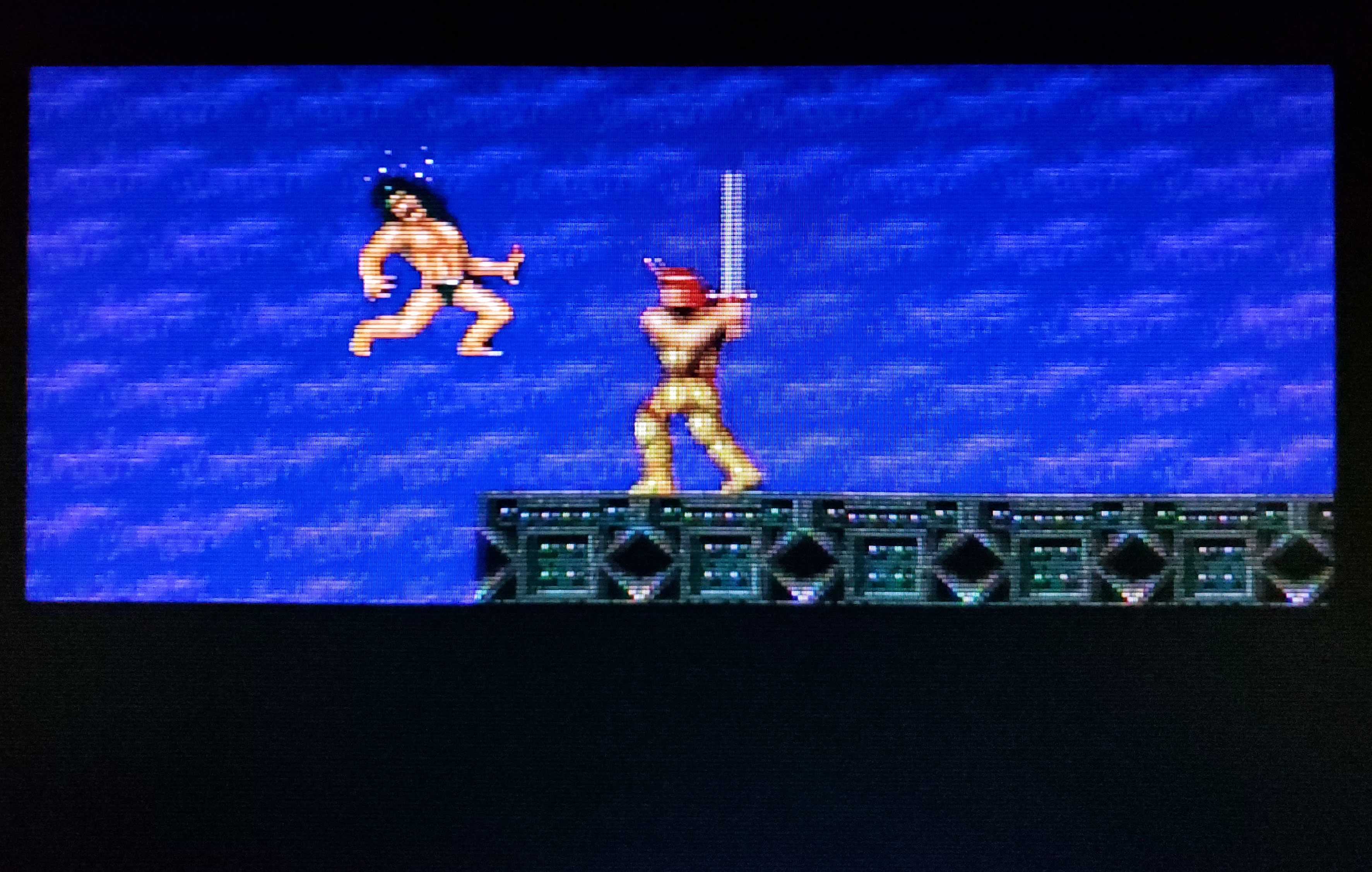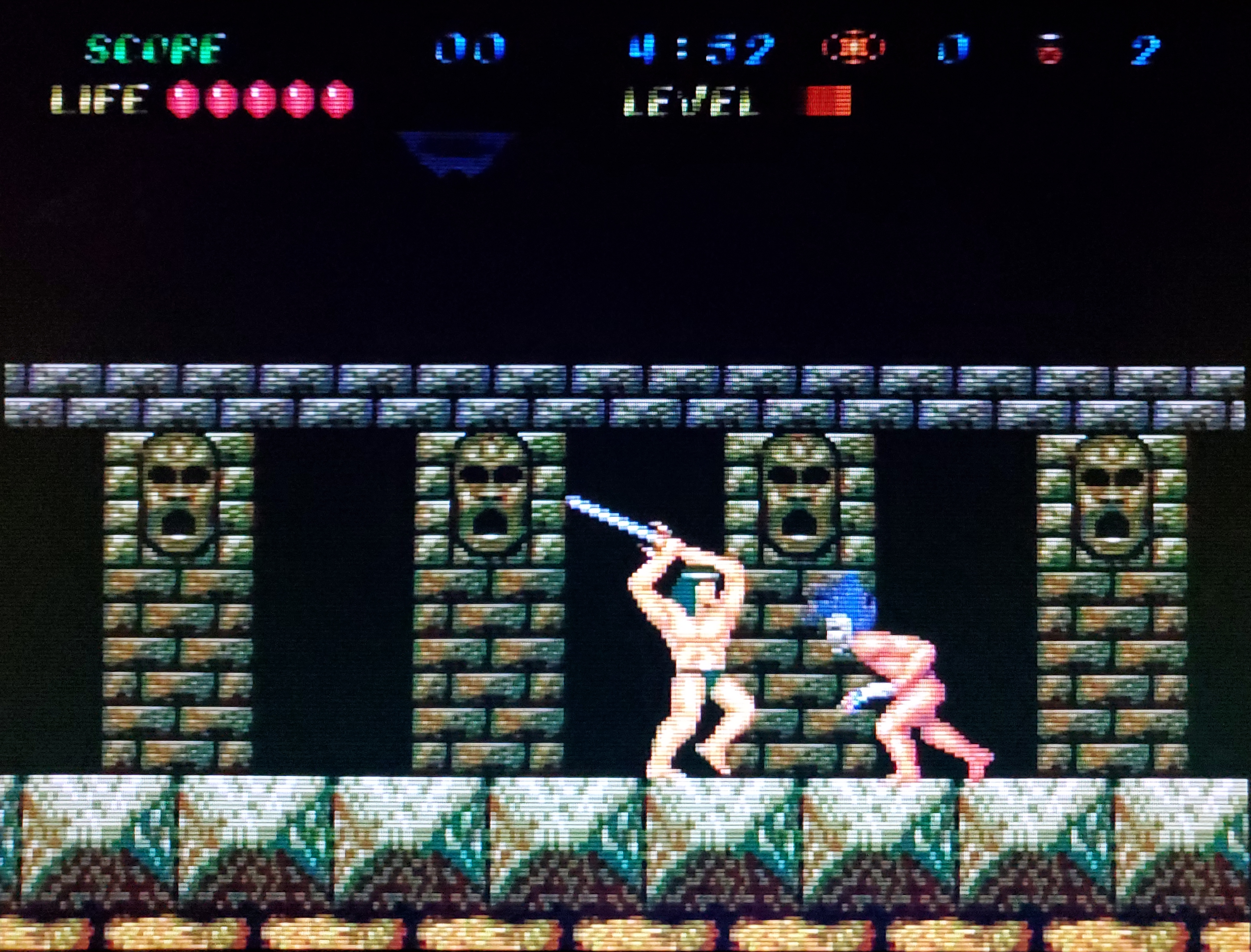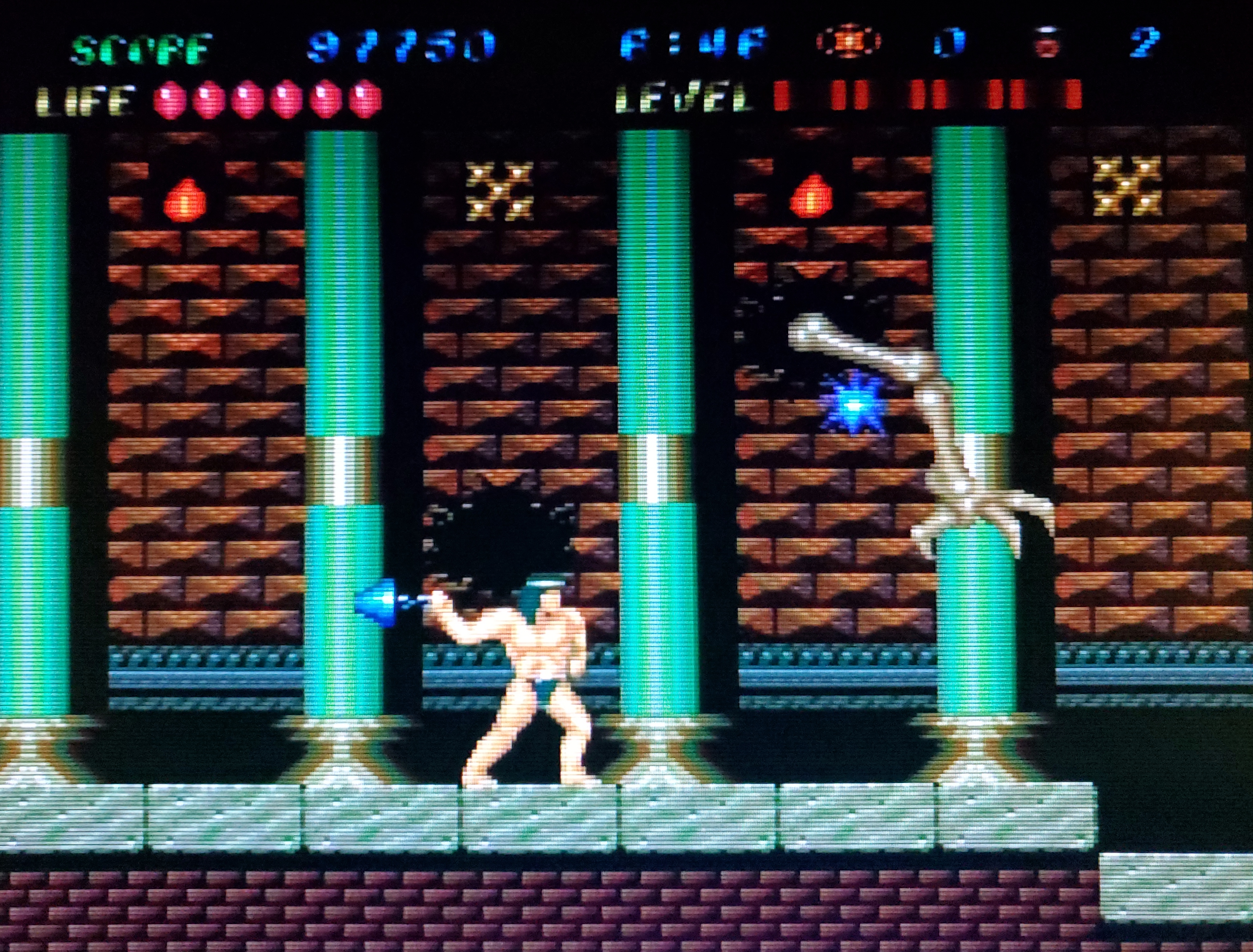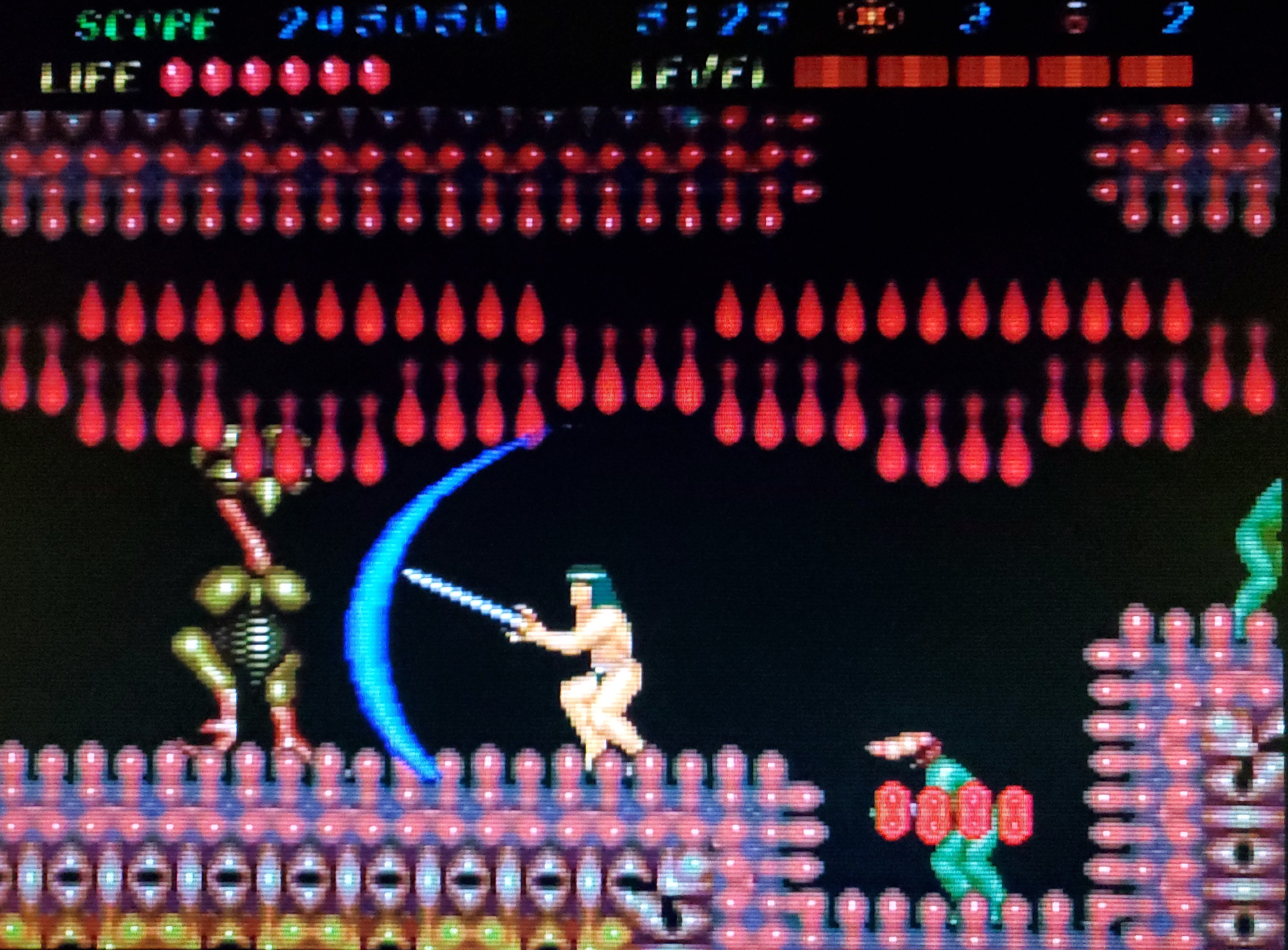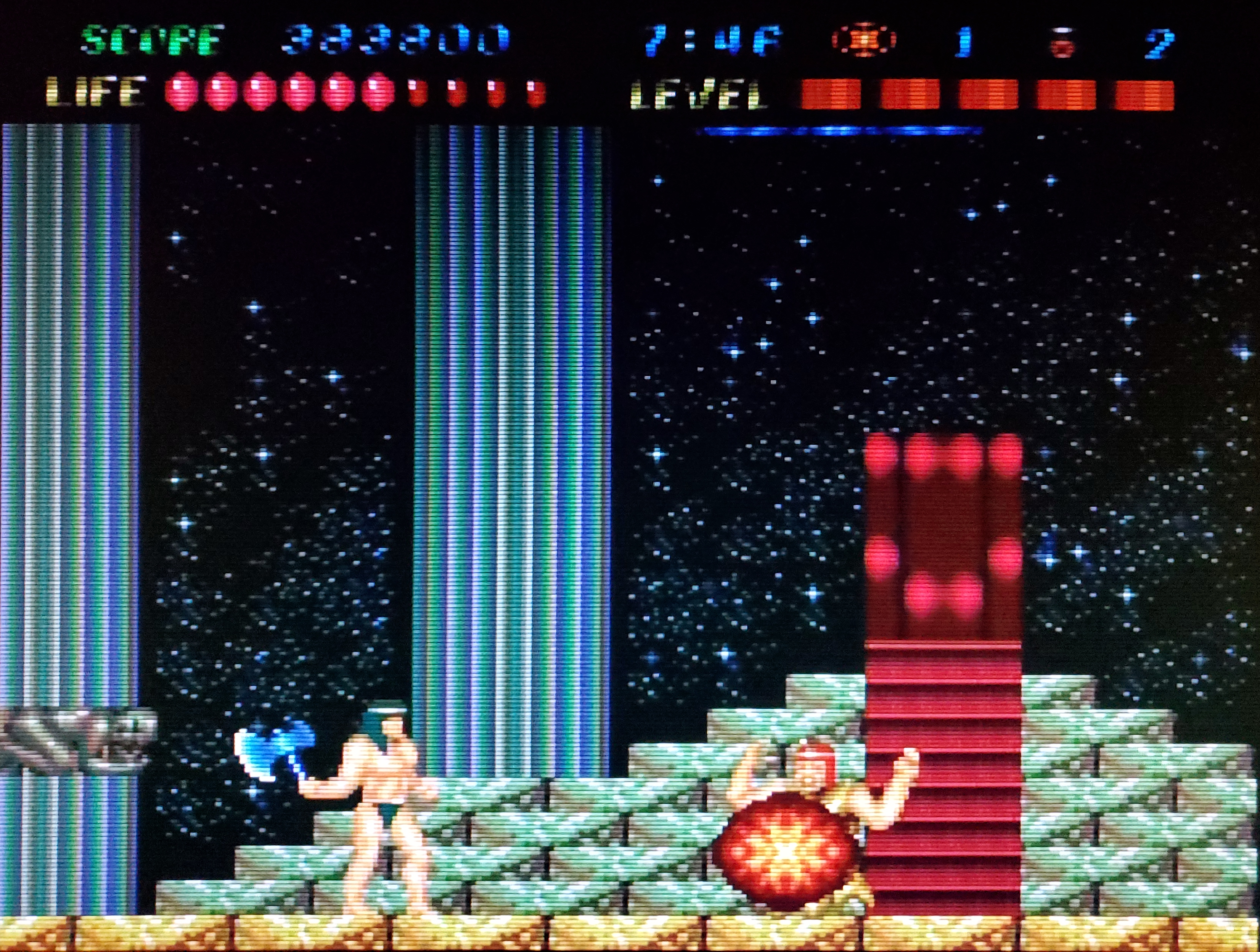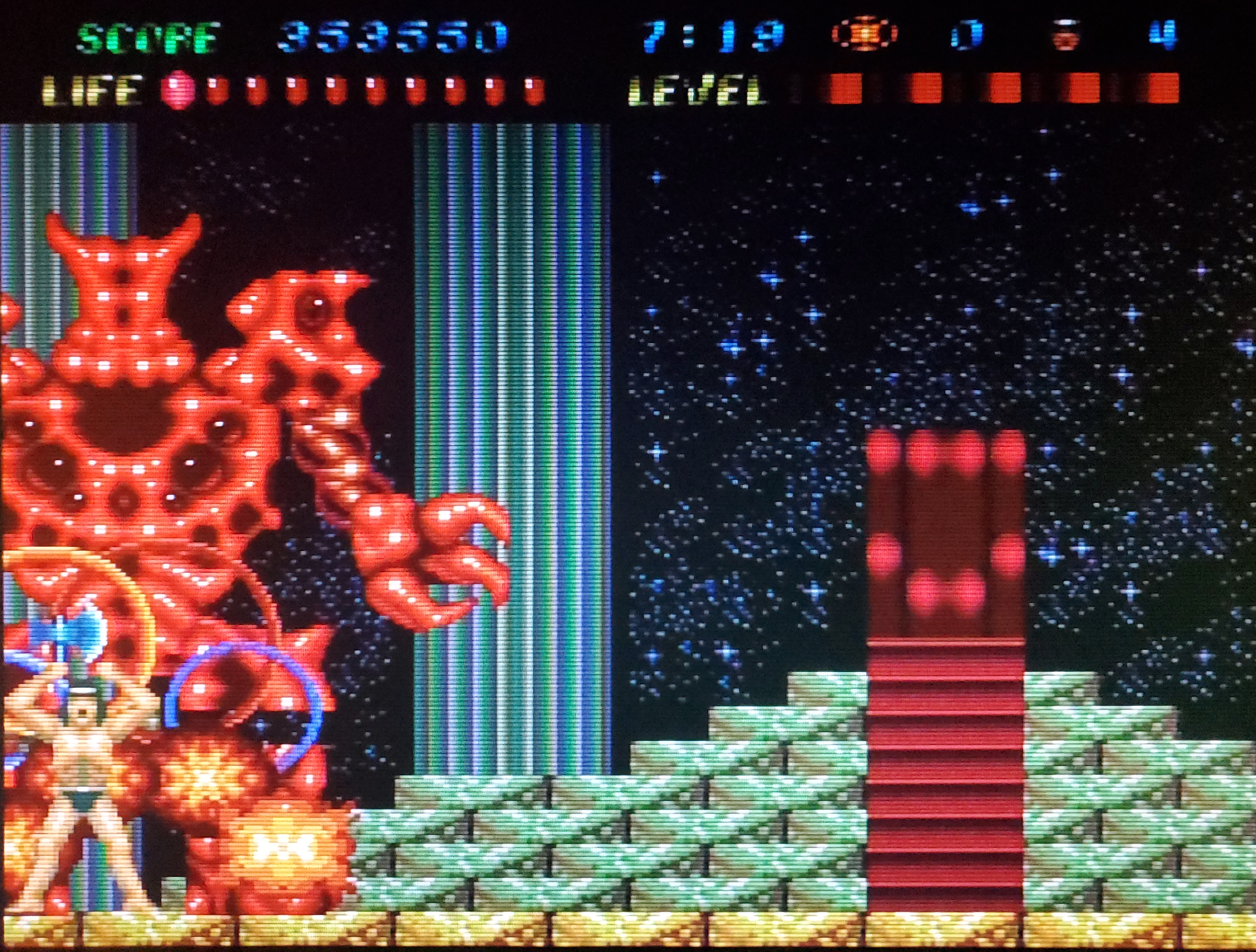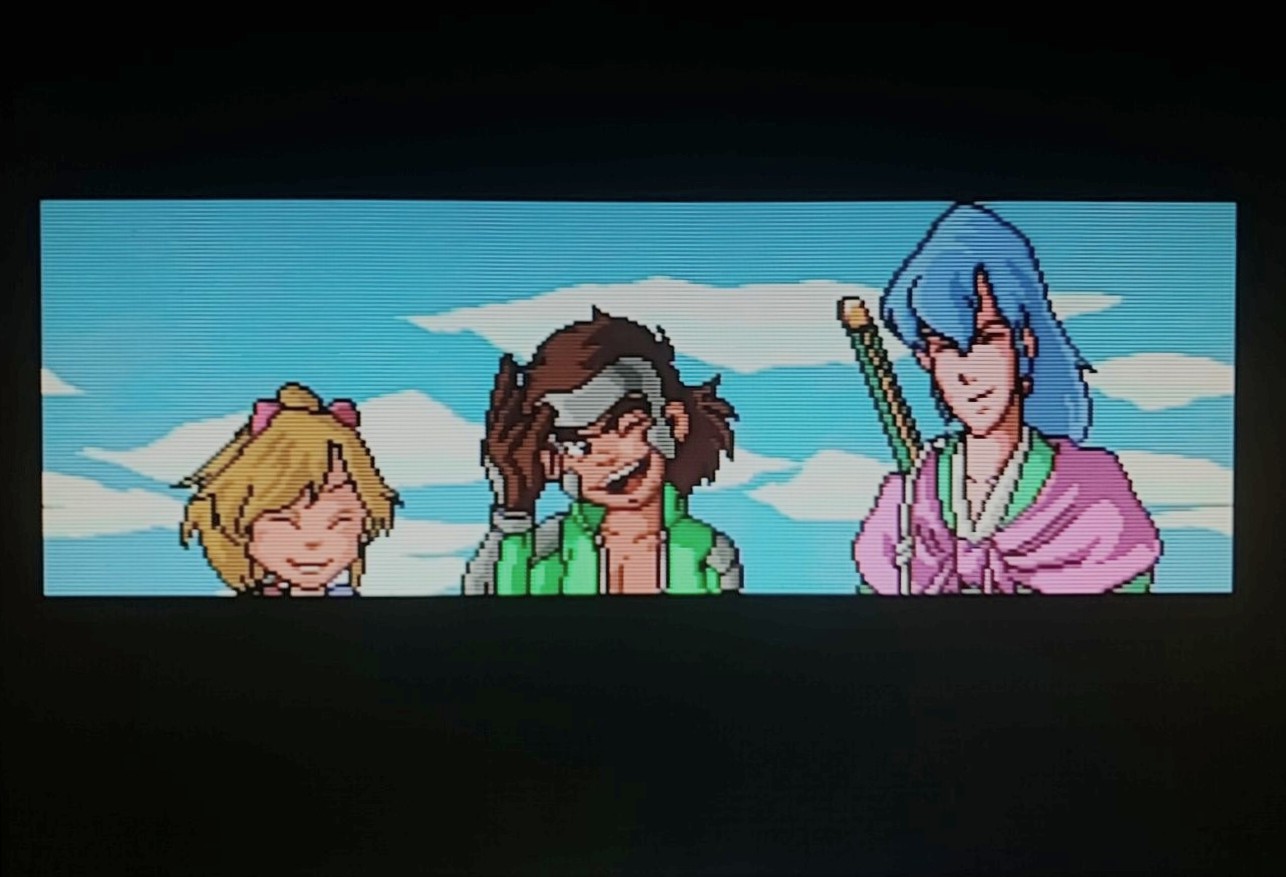
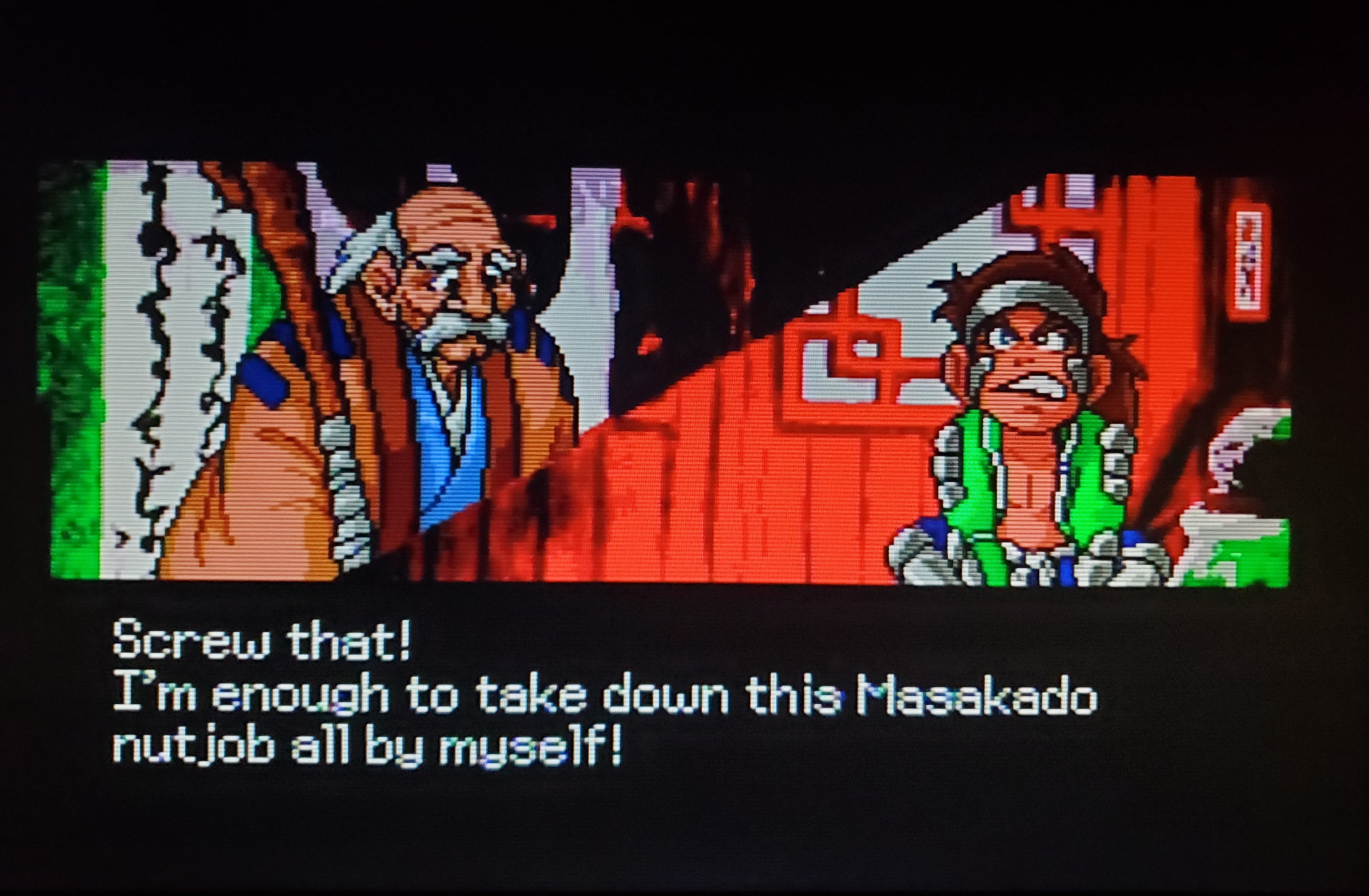
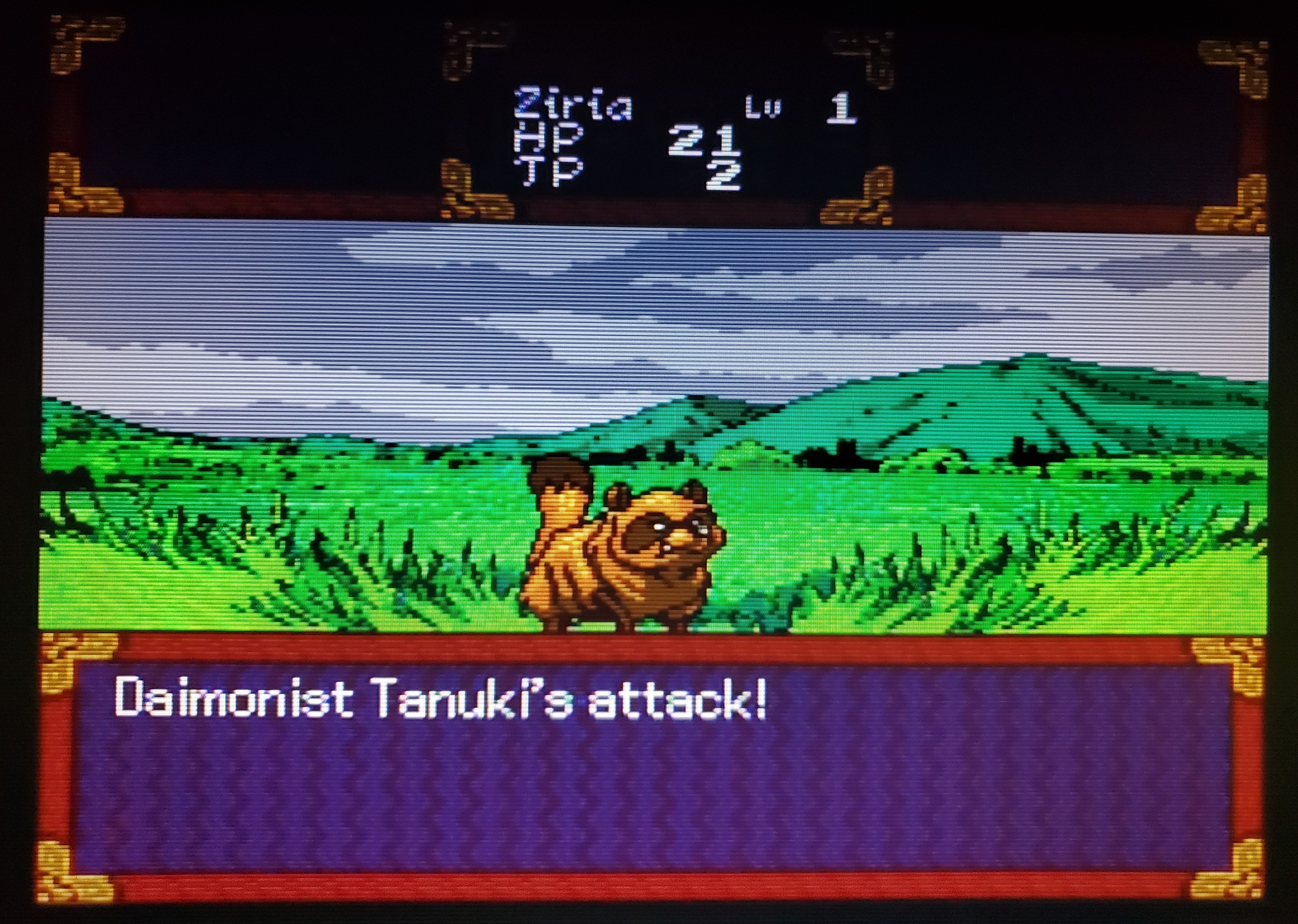
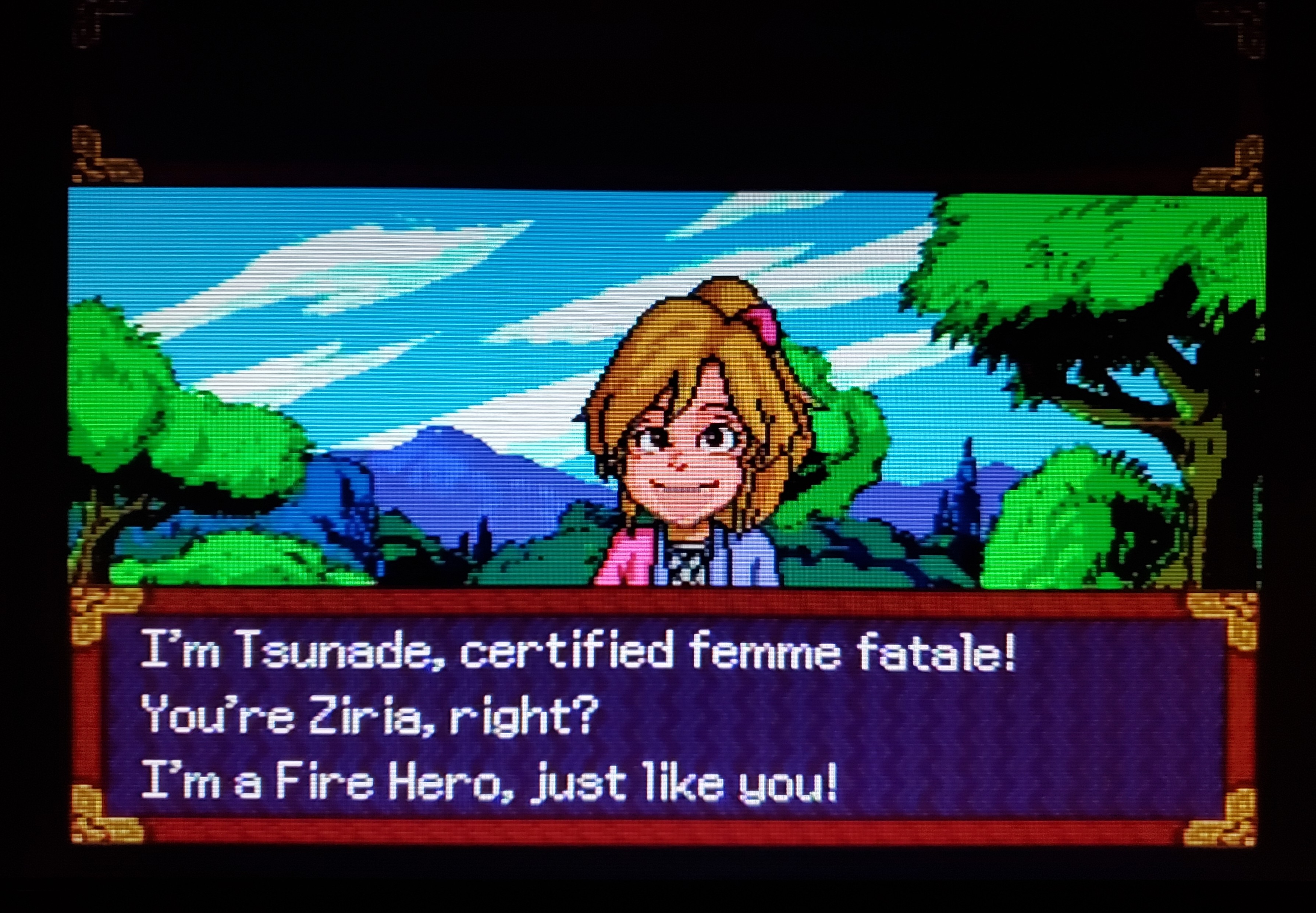
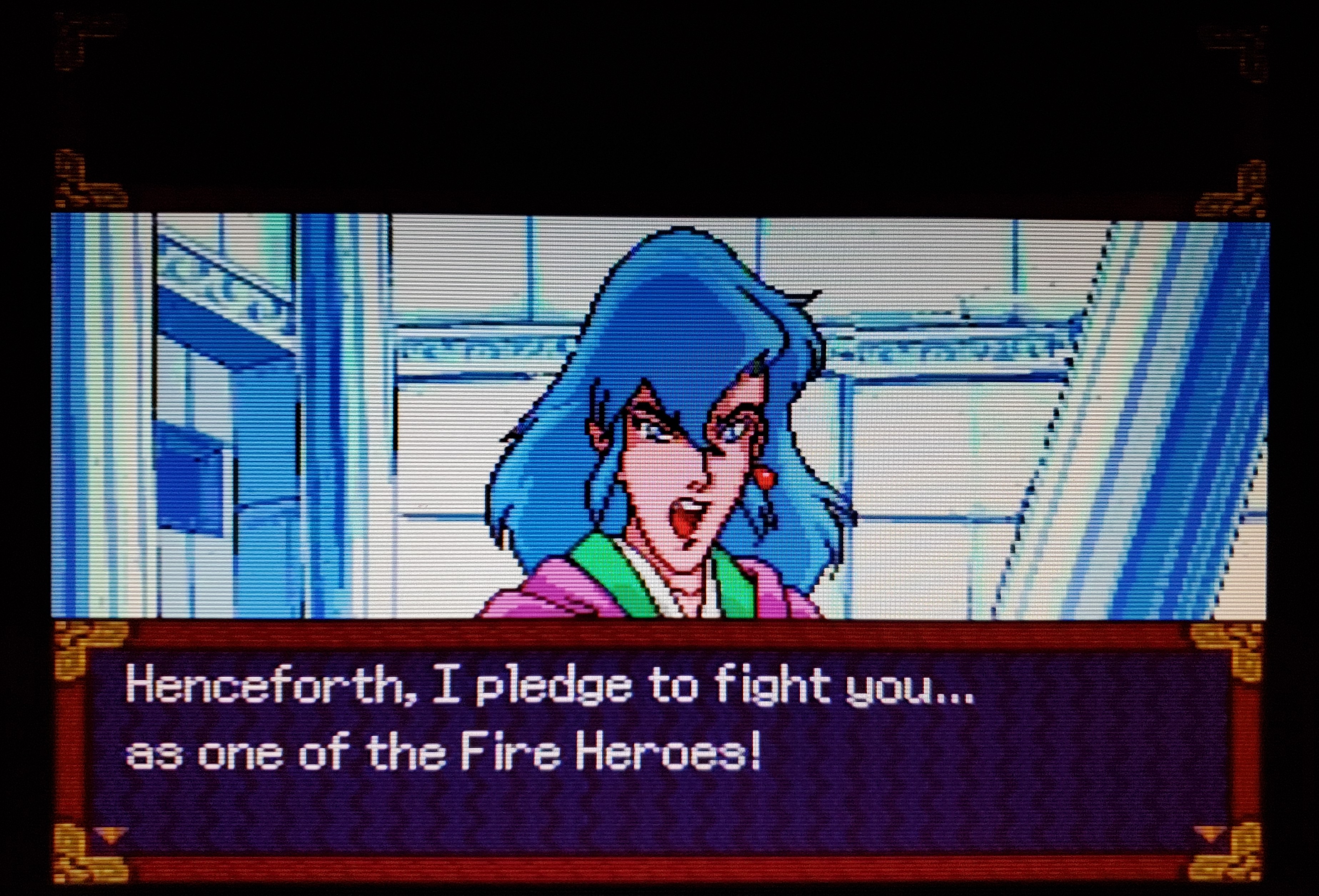
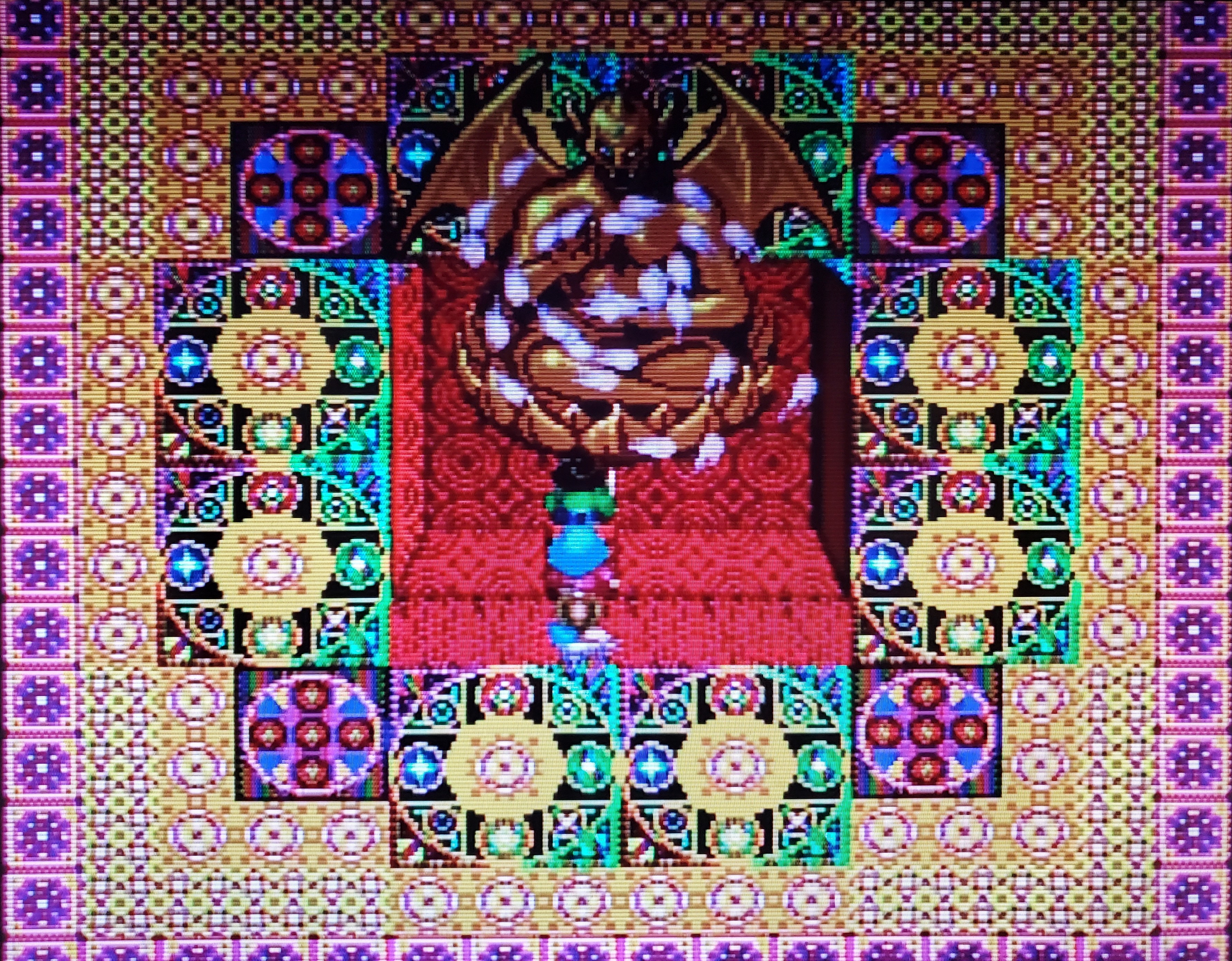
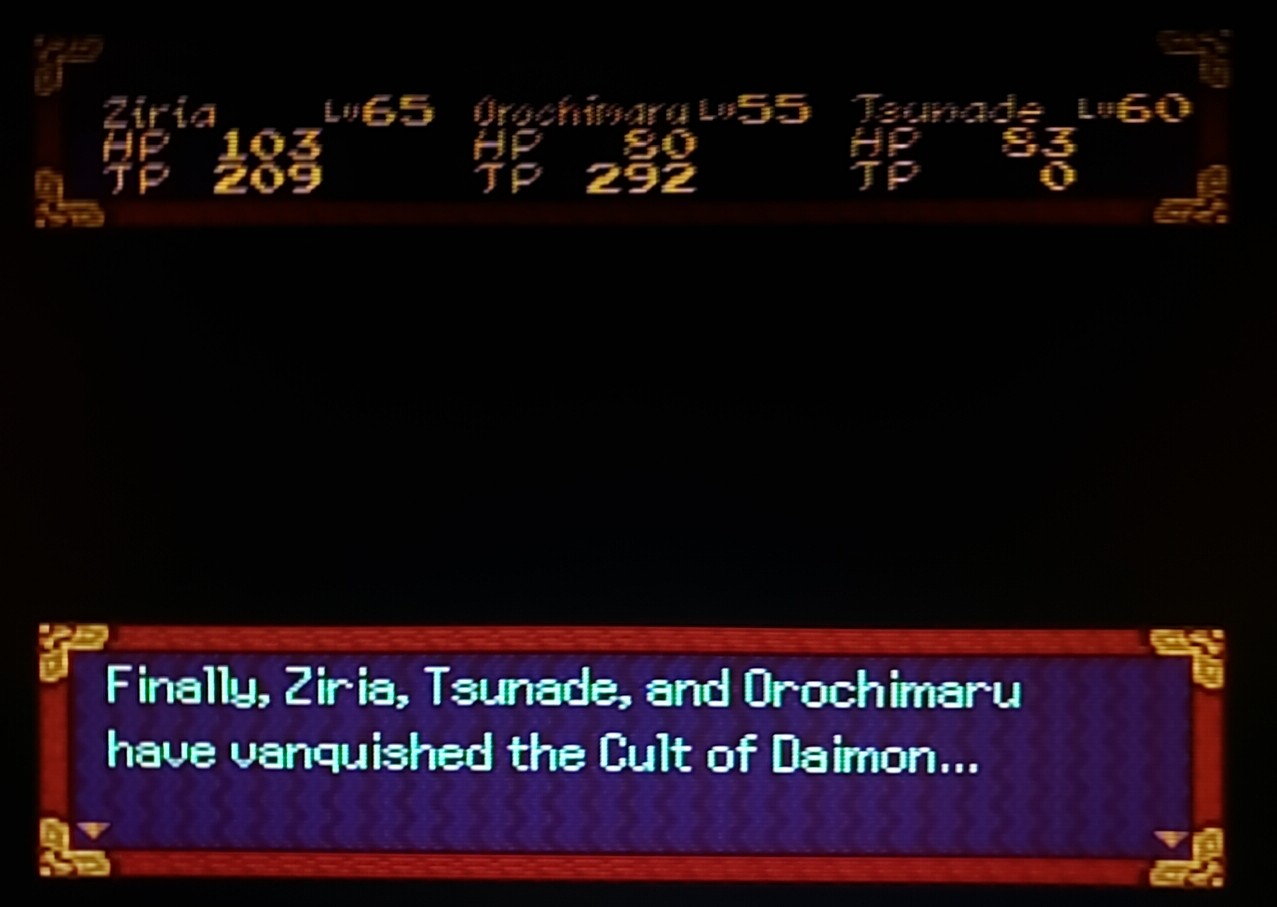
Long time, no see! Fear not, I’m still alive. I’ve just been plowing my way through another lengthy title. This time, it’s Tengai Makyō: Ziria, occasionally known by the bizarre moniker Far East of Eden. Bizarre because I can’t begin to fathom what connection this 1989 fantasy RPG by developer Red Company and publisher Hudson Soft has to do with American novelist John Steinbeck’s 1952 masterpiece, East of Eden. That head-scratcher aside, I’d been waiting what feels like forever to dig into this one. You see, Tengai Makyō: Ziria holds the distinction of being the first RPG produced for the then cutting-edge CD-ROM format. Despite the obvious historical interest this instilled in me, though, the game itself was doomed to remain largely inaccessible to anyone untrained in the Japanese language for nearly 35 years. Enter the fine folks at LIPEMCO! Translations, who released their magnificent English fan translation this past December. Finally, I was able to immerse myself in the world of Tengai Makyō: Ziria and discover…a fairly rote Dragon Quest clone with some superb cut scenes.
I know, I know, That may come across as rather glib and dismissive of me. Rest assured, however, that I hardly consider a strong resemblance to one of my favorite series to be a net negative. Similar to EarthBound, which I covered last month, tried-and-true mechanics that will be second nature to anyone who’s booted up an ’80s console RPG in the past are used by the designers as a canvas upon which to paint their own vision. In this case, it’s a vision of a whimsical Edo period Japan as imagined by misinformed outsiders. The instruction manual comes with an elaborate behind-the-scenes backstory explaining how the game’s plot is based on a spectacularly misinformed treatise on the nation of “Jipang” by nineteenth century American scholar Paul Hieronymus Chada. There never was such a man, of course, so what Red Company’s done here is to employ essentially the same comedic framing device William Goldman did in The Princess Bride, with its fictitious original author, S. Morgenstern. Cute.
The adventure centers on the titular Ziria of the Toad Clan, a hot-blooded young warrior very loosely-based on the Japanese folkloric hero Jiraiya. We follow him as he undertakes an epic journey to unite with the two other champions destined to defend Jipang against the machinations of the Daimon Cult, a sinister cabal of foreigners seeking to awaken the evil slumbering deity Masakado and lay waste to the country.
The general flow of the quest is episodic, not unlike any given season of a shōnen anime. Ziria and company arrive at a new province, hear tell of a Daimon Cult lieutenant with formidable powers oppressing the populace, and go on a short fetch quest or two before overthrowing that area’s freaky Big Bad and moving on to the next. After a dozen of these little episodes have played out, the group has become seasoned fighters ready to take down the Biggest Bad and save the day…until next season, er, game that is. I have to assume this structure is intentional, since the art style and tone of the cut scenes wouldn’t be out of place in any number of contemporary television productions.
Those cut scenes really are where Tengai Makyō: Ziria shines its brightest. They’re well drawn, professionally voiced, frequently amusing, and would have been jaw-dropping for the average gamer in 1989. I find them endearing enough today, and don’t intend highlighting them as the game’s best feature to be any sort of backhanded compliment.
Beyond that, I found the overall experience quite average. You know the drill: Explore from an overhead view, zoom in for a first-person view on the basic menu-based “fight, magic, item, run” combat, manage your HP and MP, level up, interrogate townsfolk for clues, buy new equipment periodically, and so forth. There’s only one major exception to the standard formula, and it’s unfortunately a doozy. In most RPGs cast from this mold, one of your party members running out of health would necessitate a trip back to town to have him or her revived by a friendly NPC. Or perhaps you’d cast a spell or use an expendable item to accomplish the same result. Not so here. If any one of your three main player characters falls, it’s an instant game over and you’re docked half your money and sent back to the last place you saved. You’re provided no opportunity to continue on without them or revive them yourself. It’s pretty brutal and resulted in significantly more failed dungeon runs and boss battle defeats than I’m used to seeing. At least money is relatively easy to come by and you can safeguard your stash by depositing it at the bank before you set off. Still, it’s a real frustration trigger when one late healing spell seals your whole group’s fate.
Tengai Makyō: Ziria is a solid old school RPG with a charming presentation and 30+ hours of gameplay to grind your way through. It’s also fascinating from a gaming history perspective as the genre’s first flirtation with visual media. That said, I wouldn’t call it one of the best works of its kind, whether today or back in 1989. In addition to the overly punitive character death issue I just described, the cyclical nature of the story beats grows repetitive. The majority of the music is oddly weak, too. While the three orchestrated tracks by the late, great Ryuichi Sakamoto are predictably excellent, the remainder of the soundtrack consists of short, tinny chiptunes that loop incessantly. Regardless, it sold well and spawned numerous sequels. I can’t wait to see where the saga goes next after this promising start. Not that I have a choice. If I’m lucky, maybe Tengai Makyō II will get translated before I hit retirement age.

